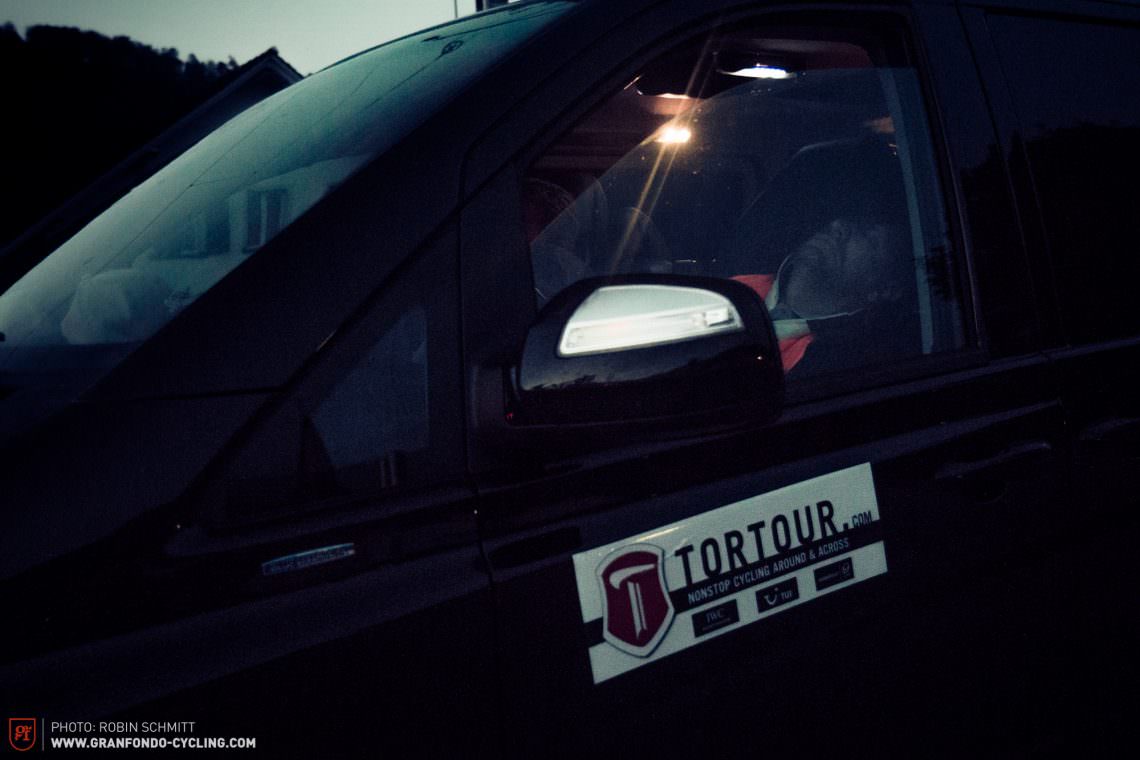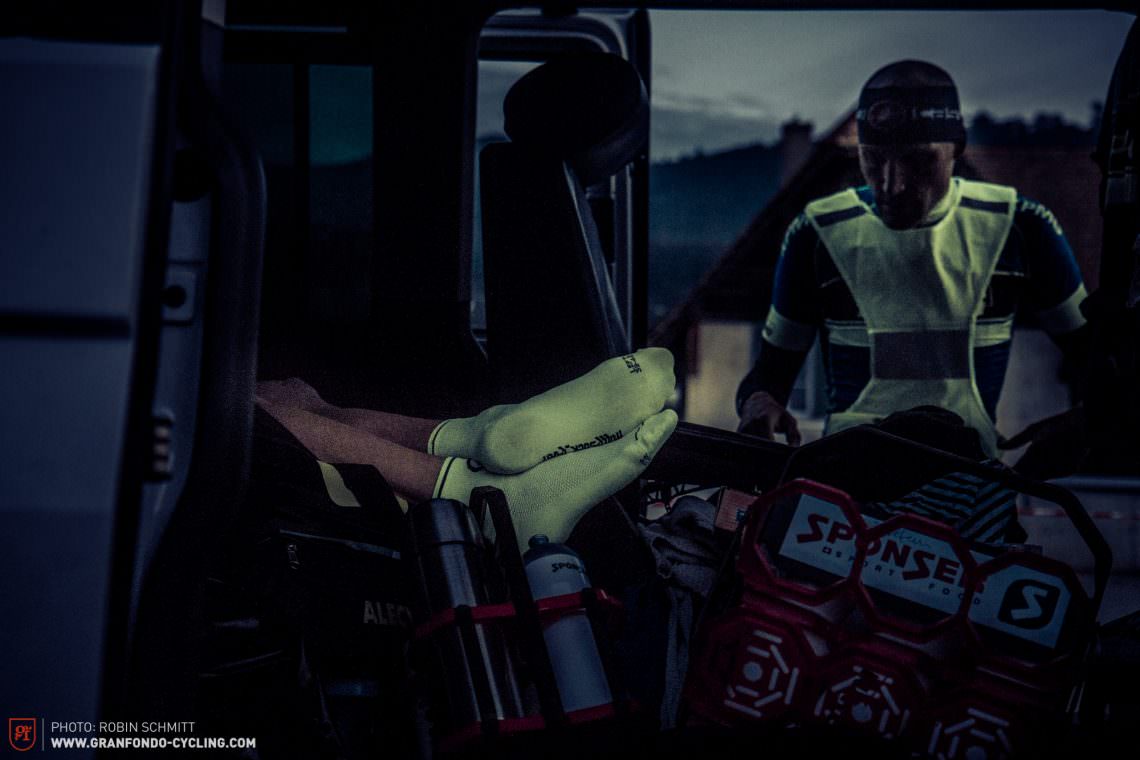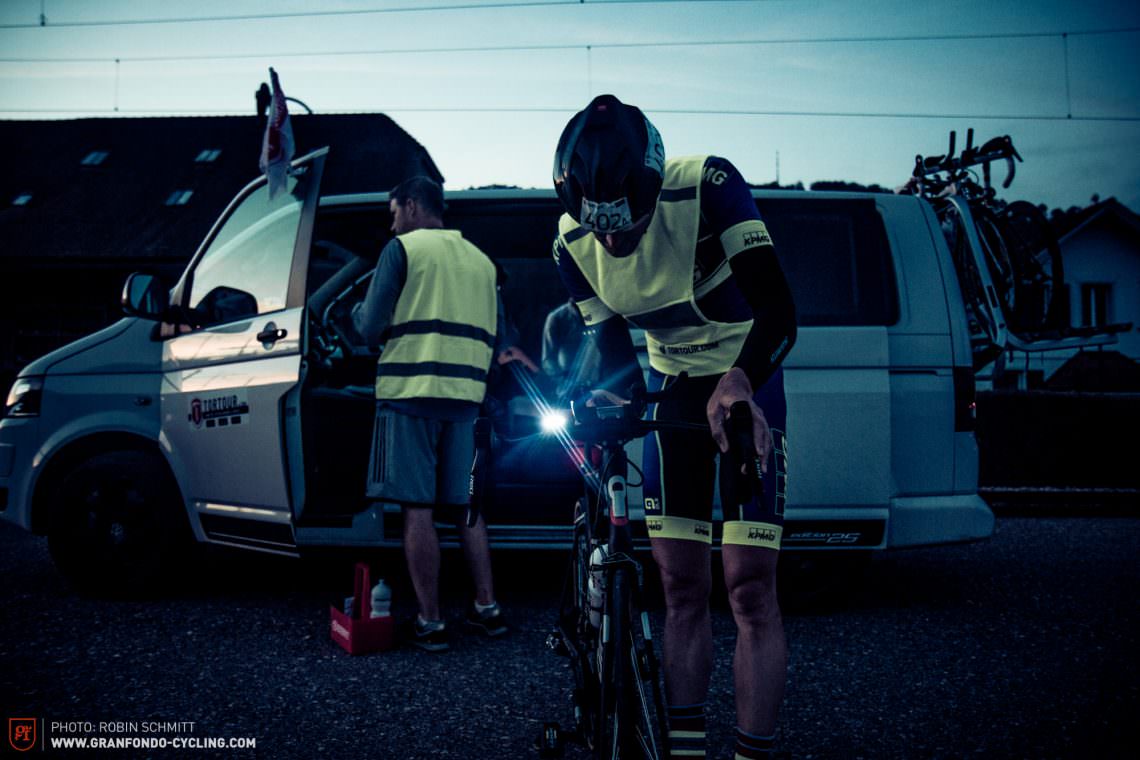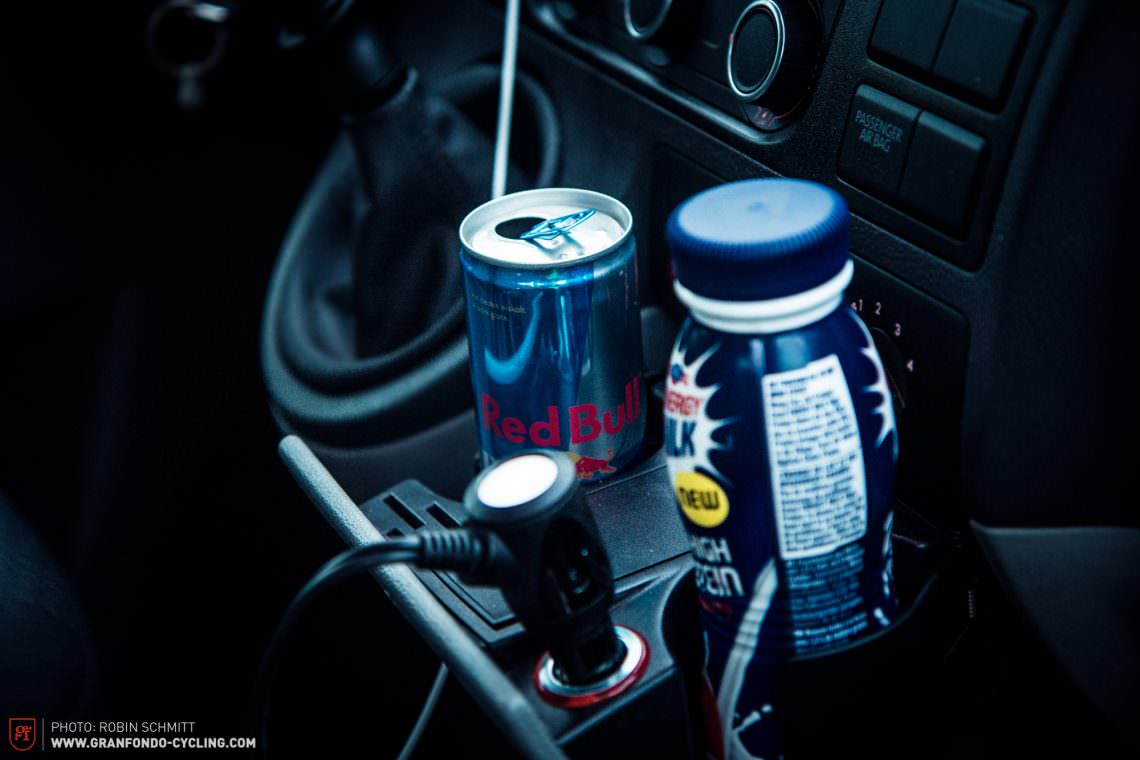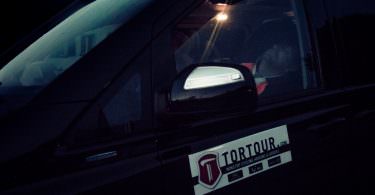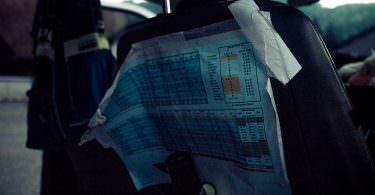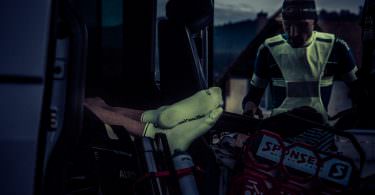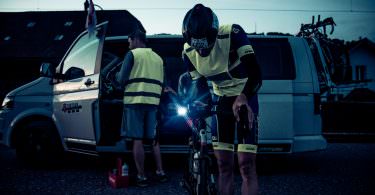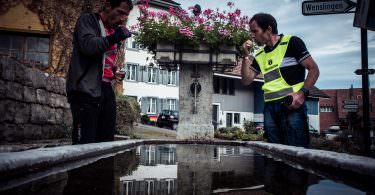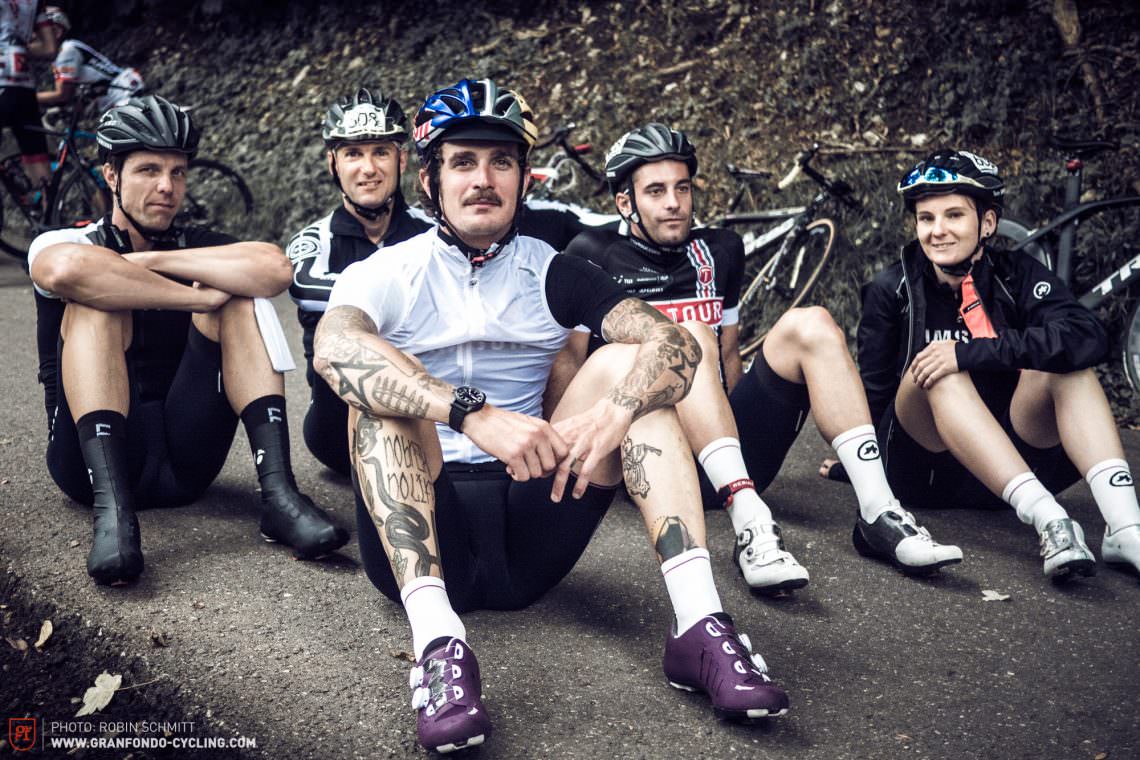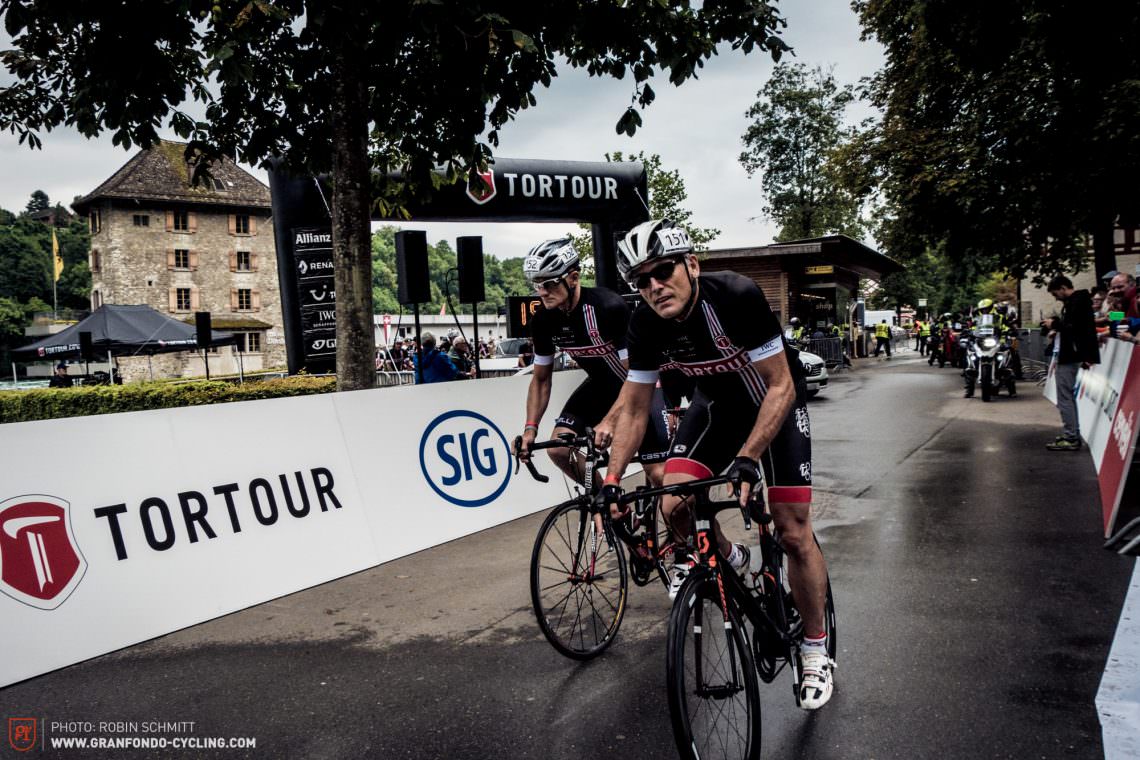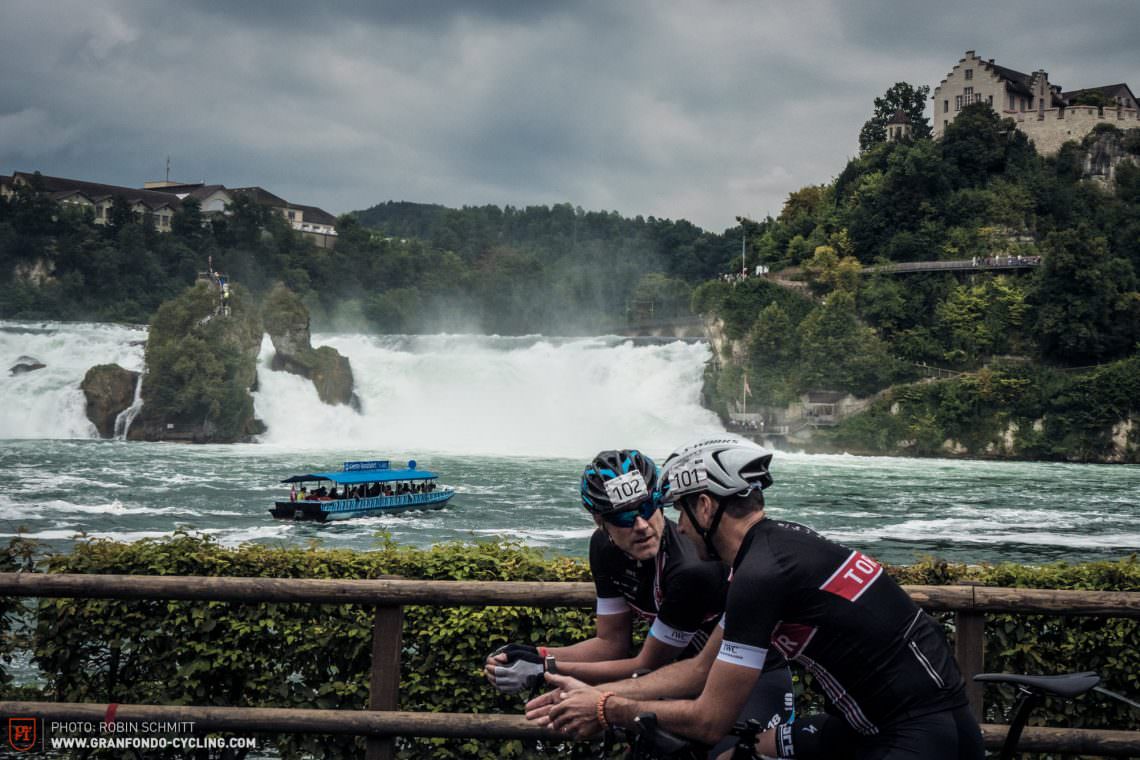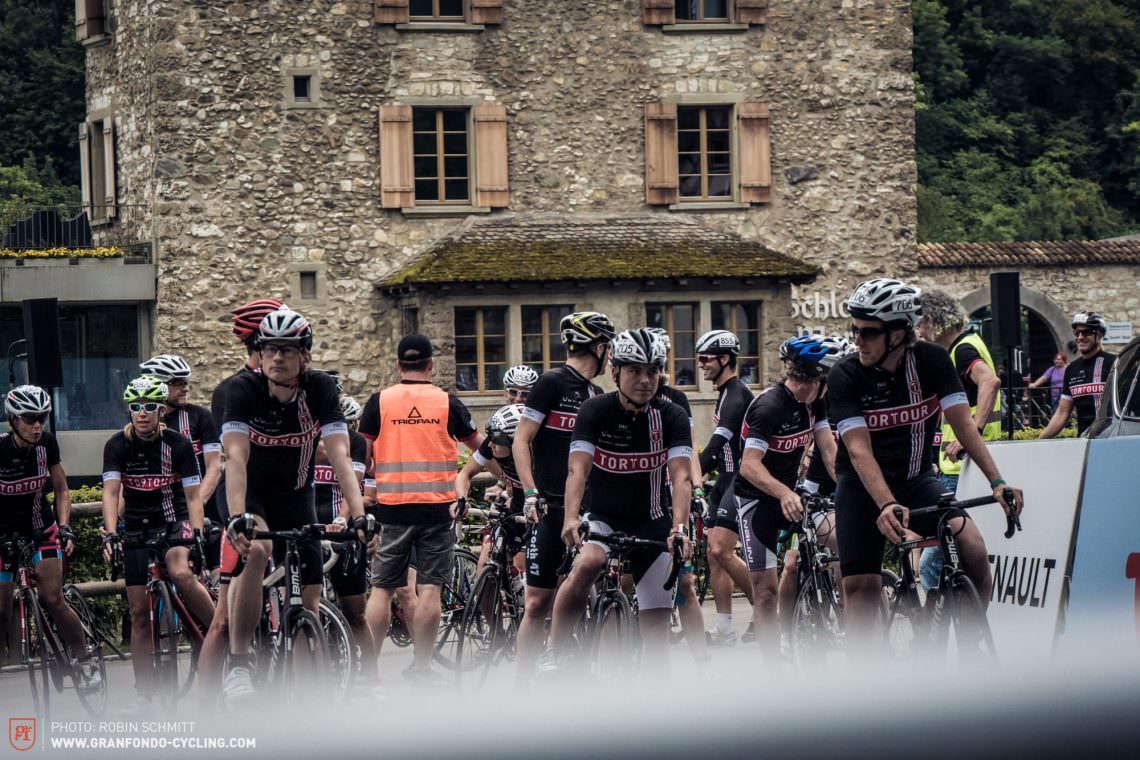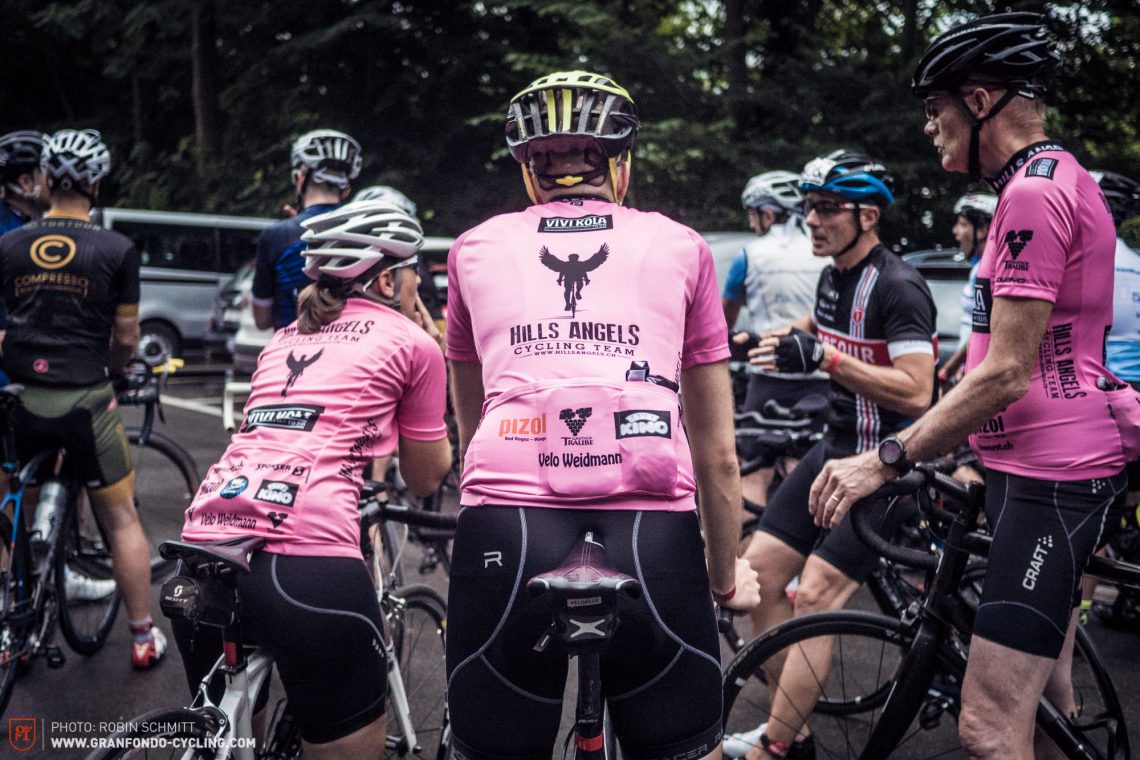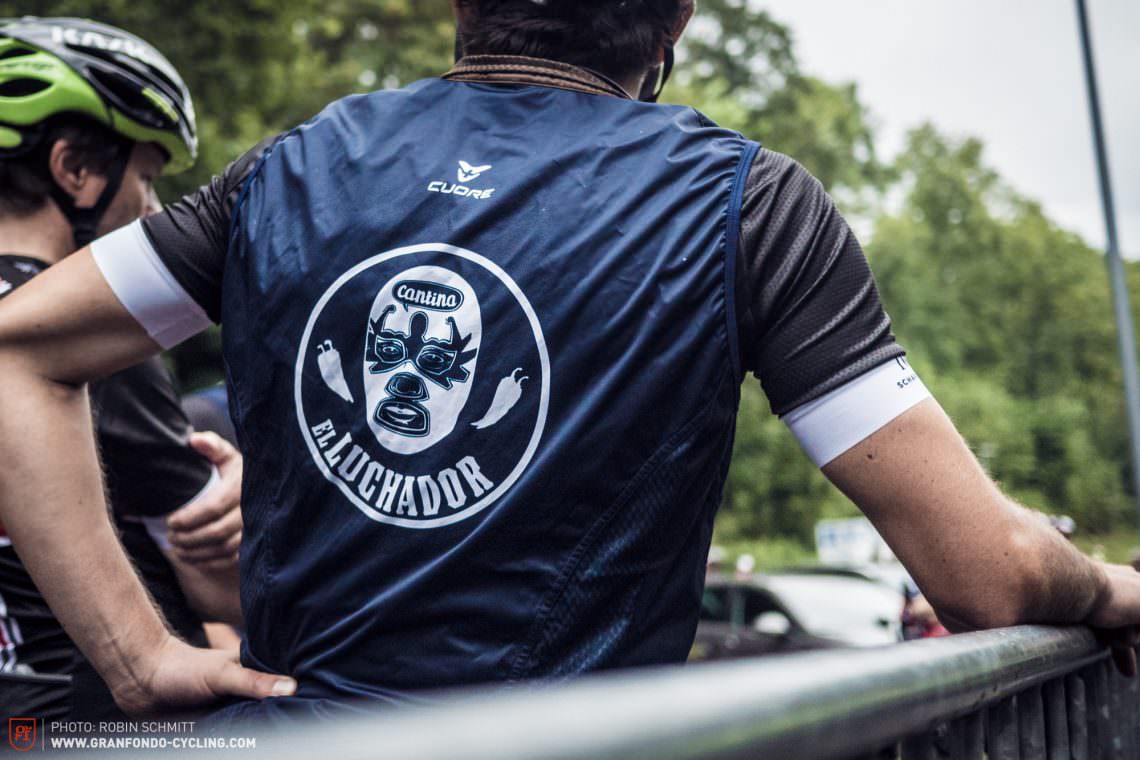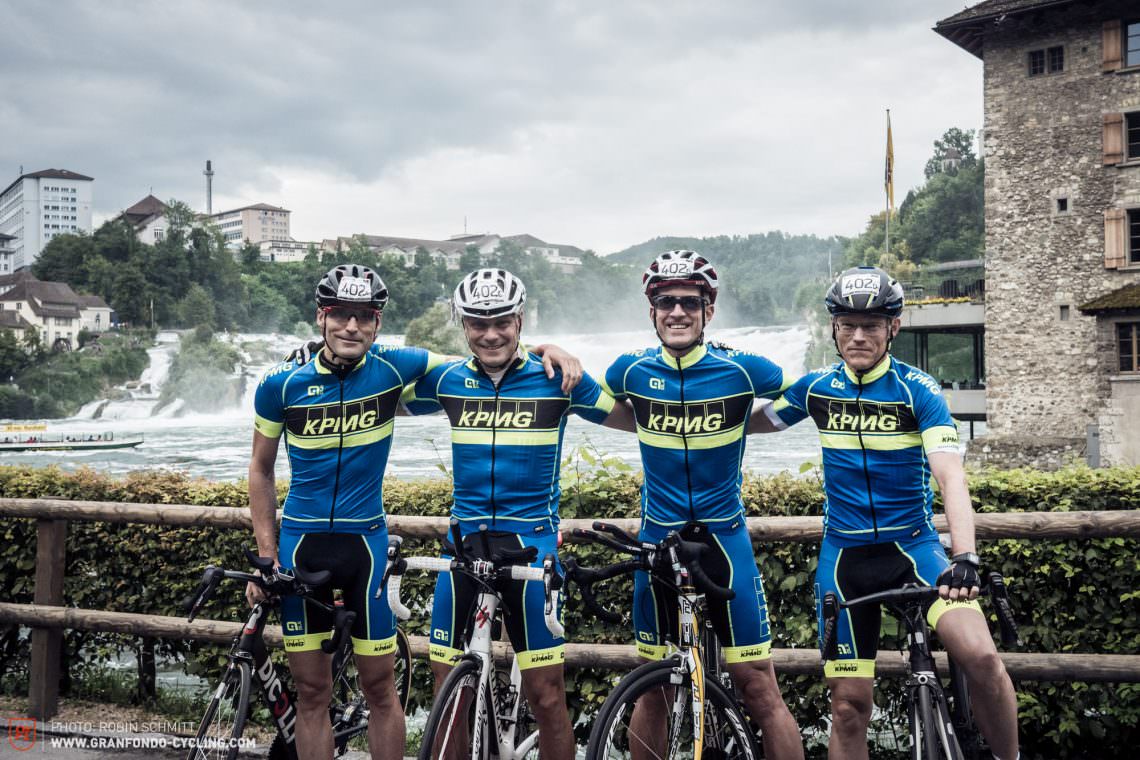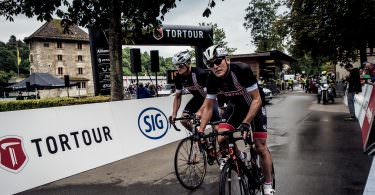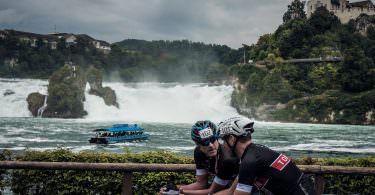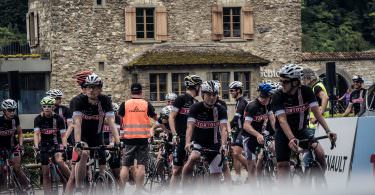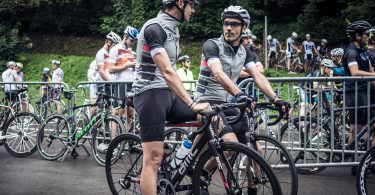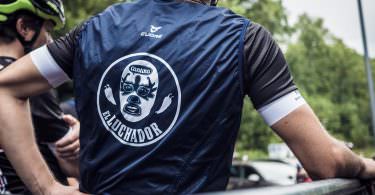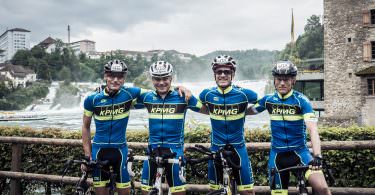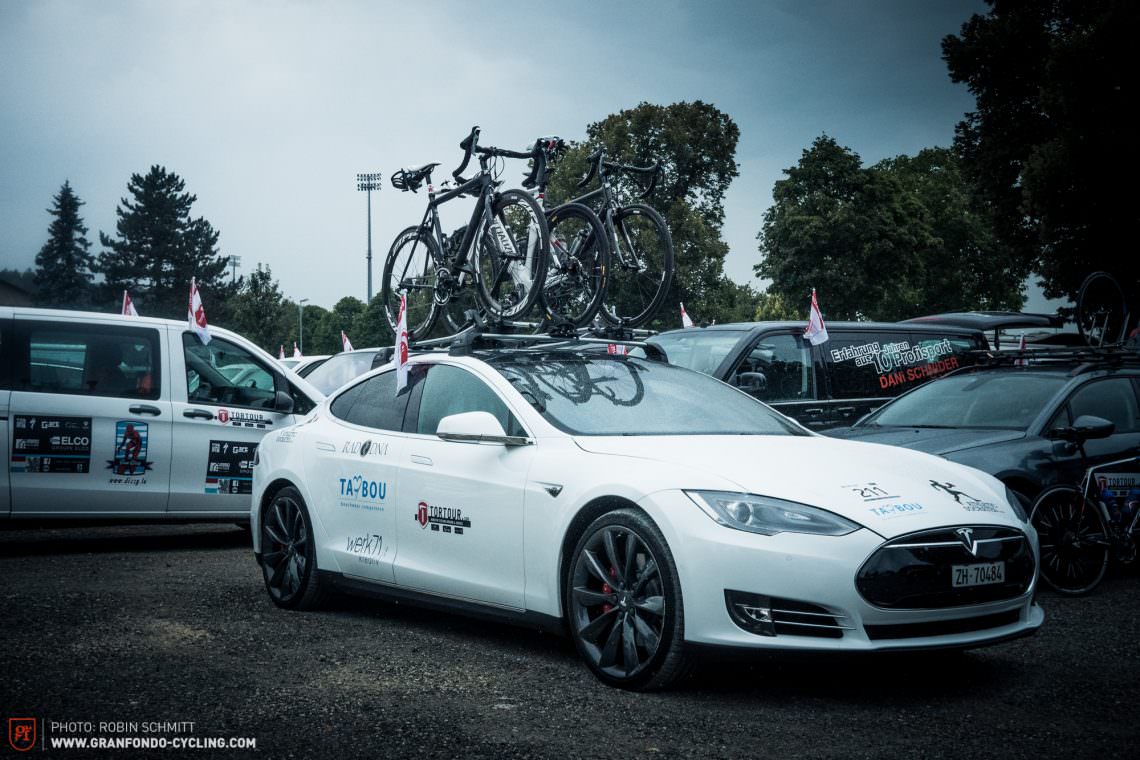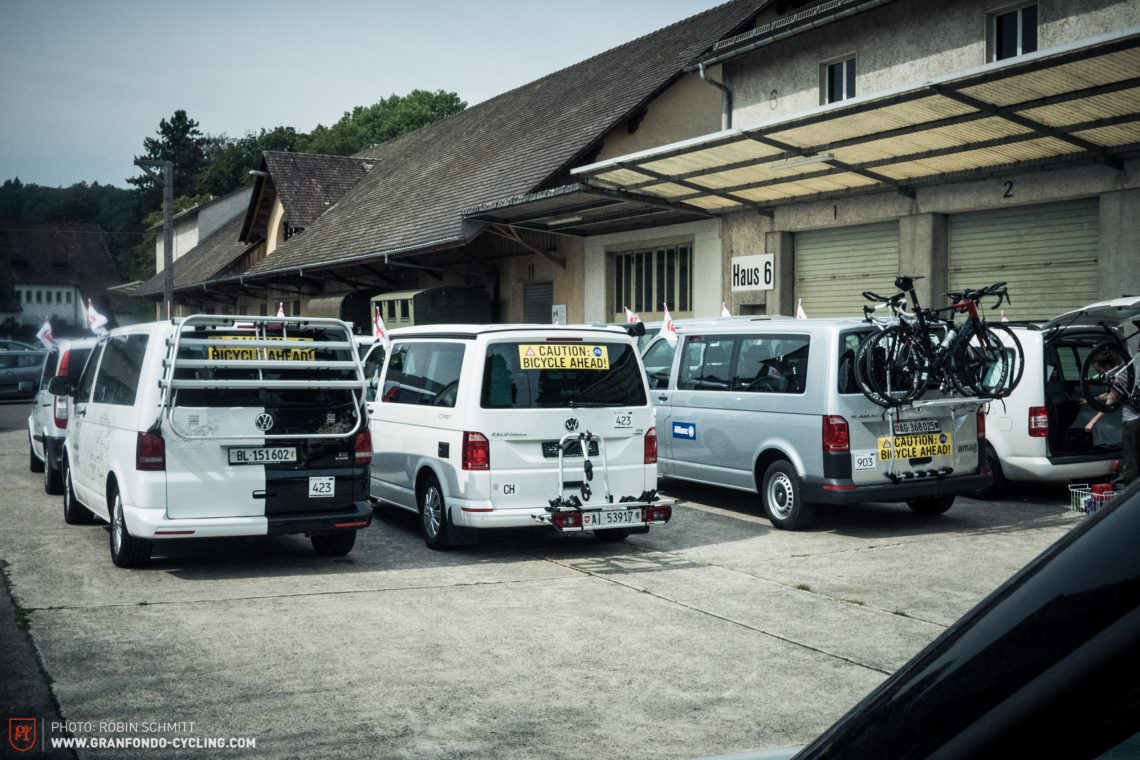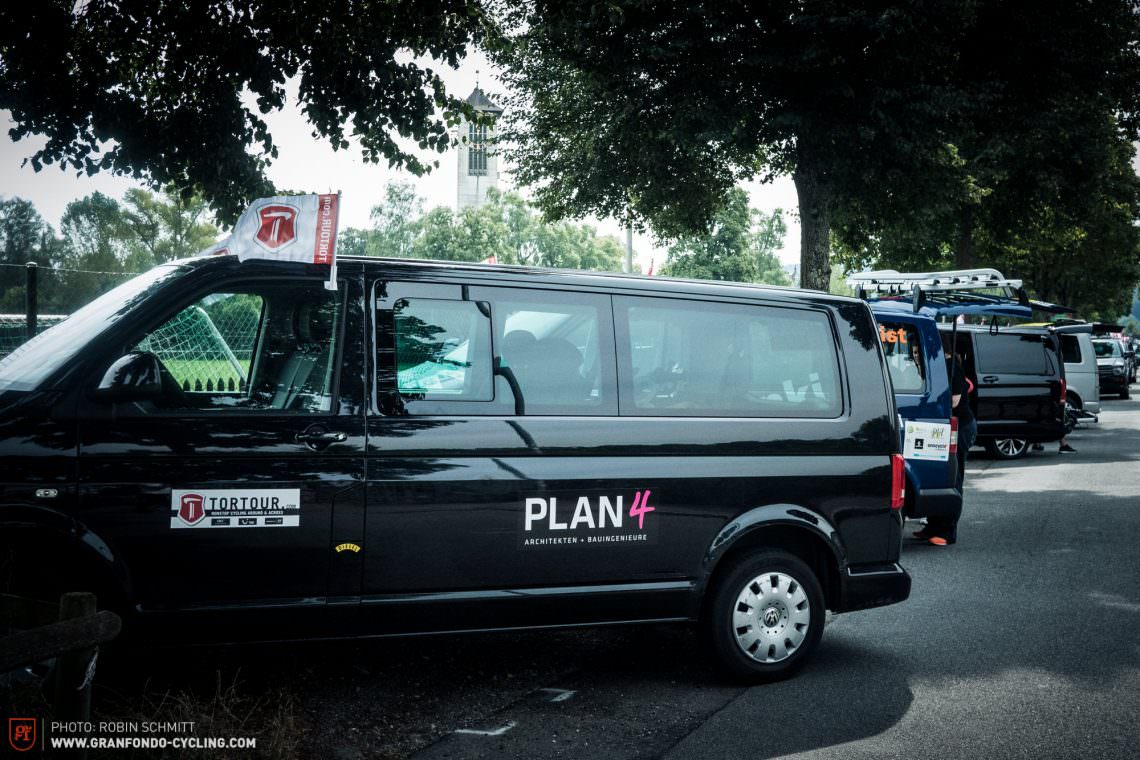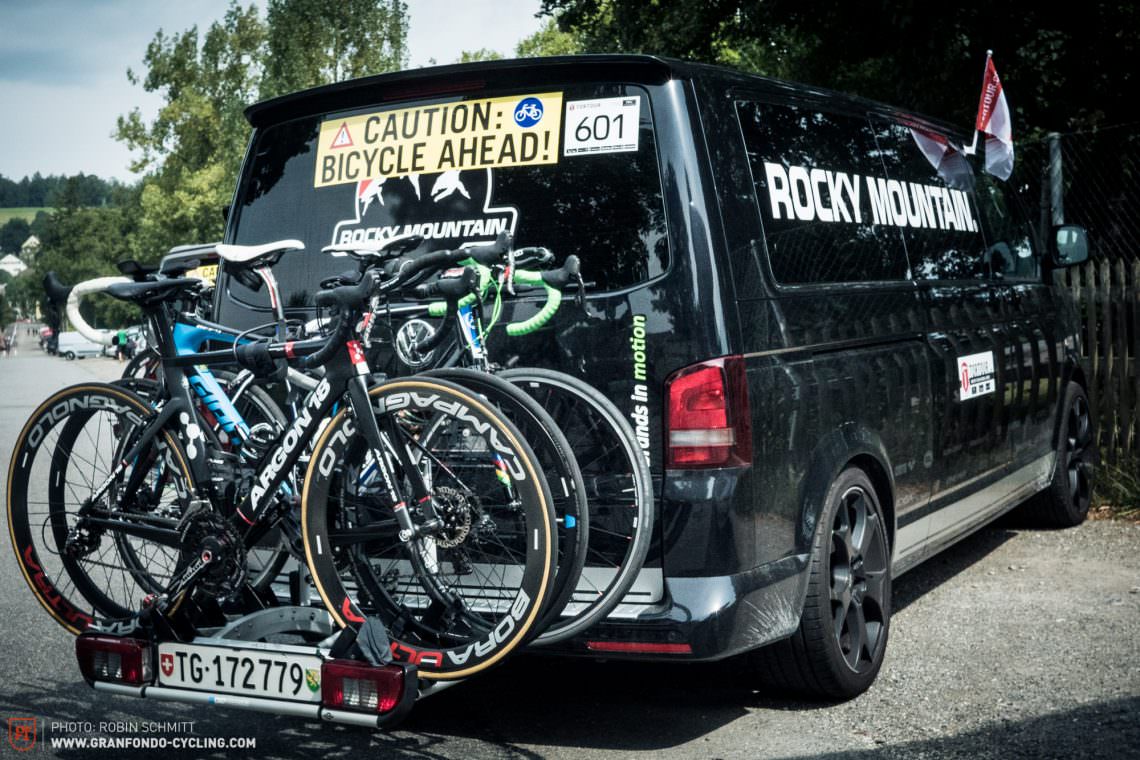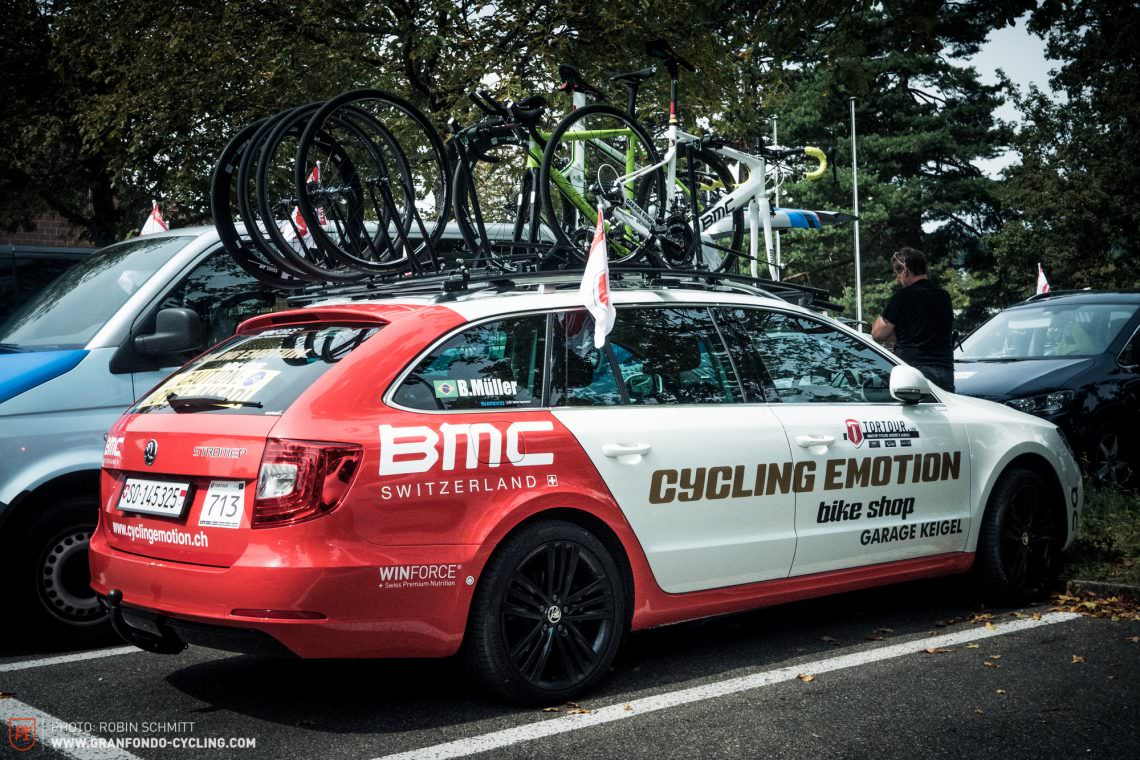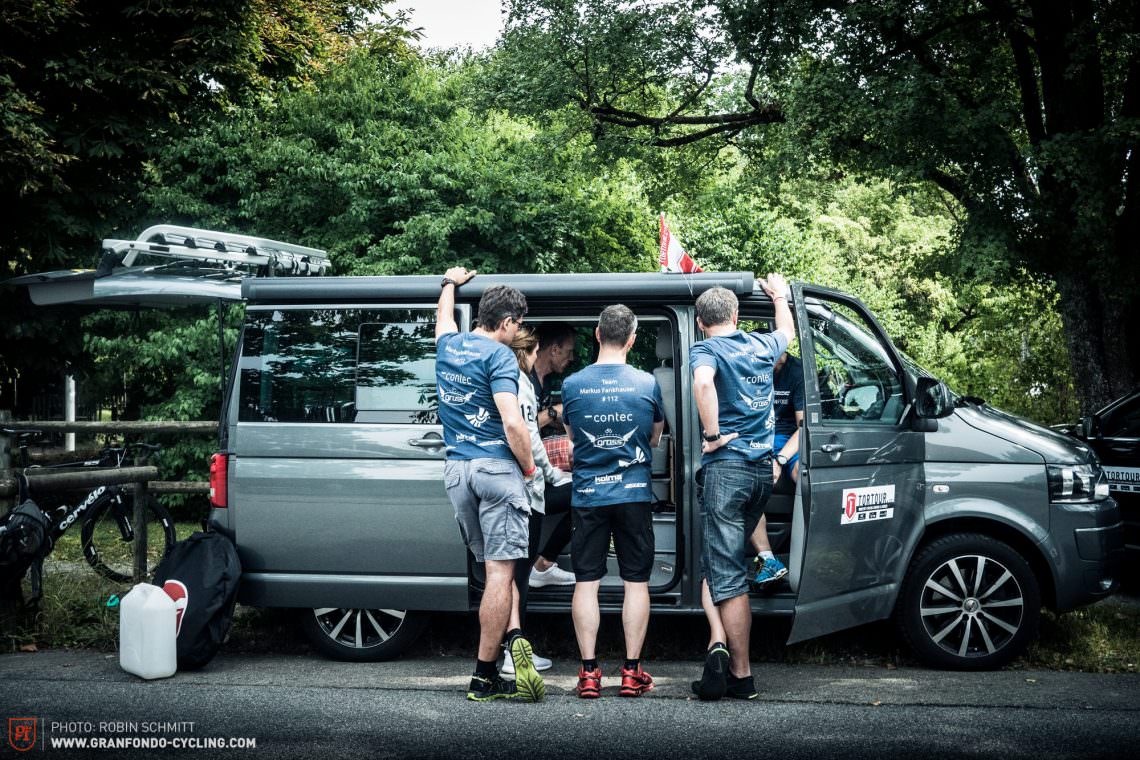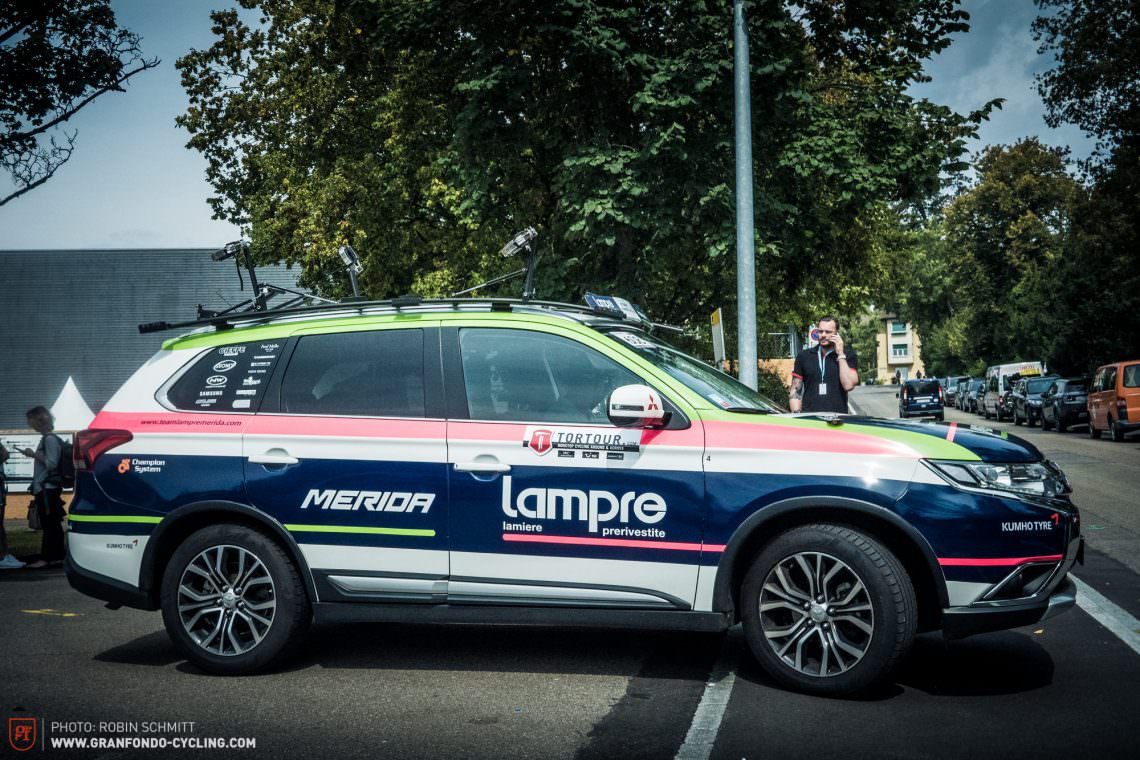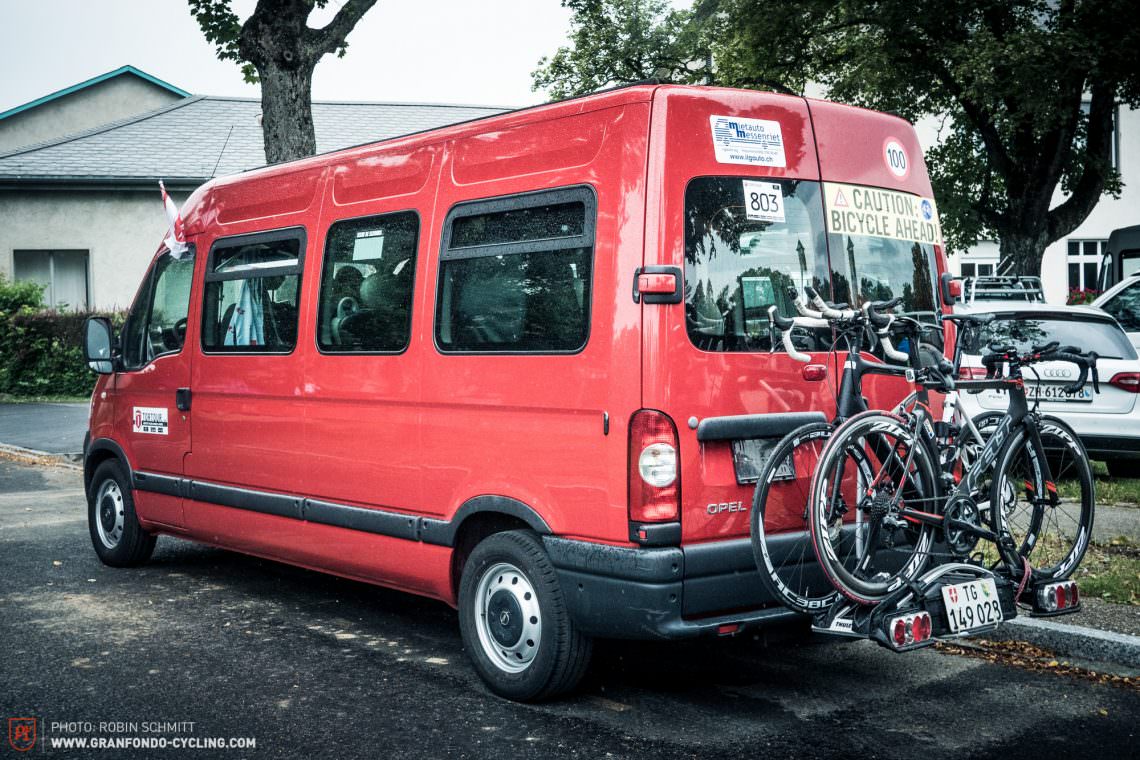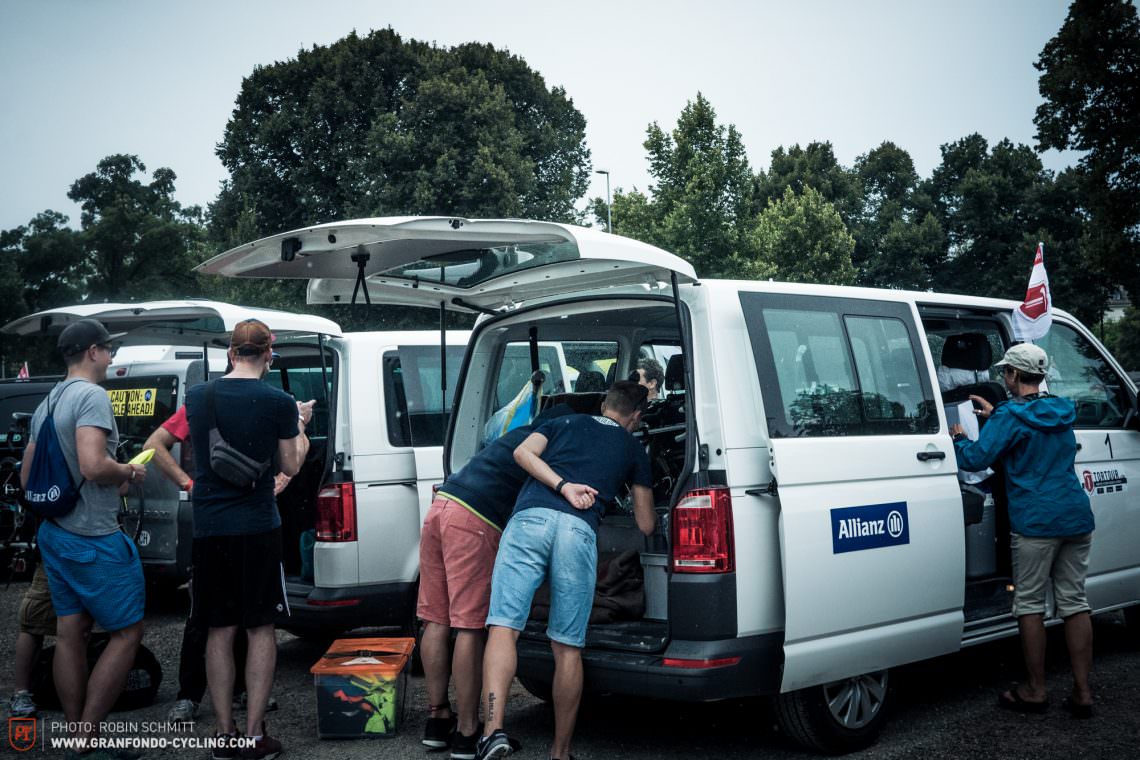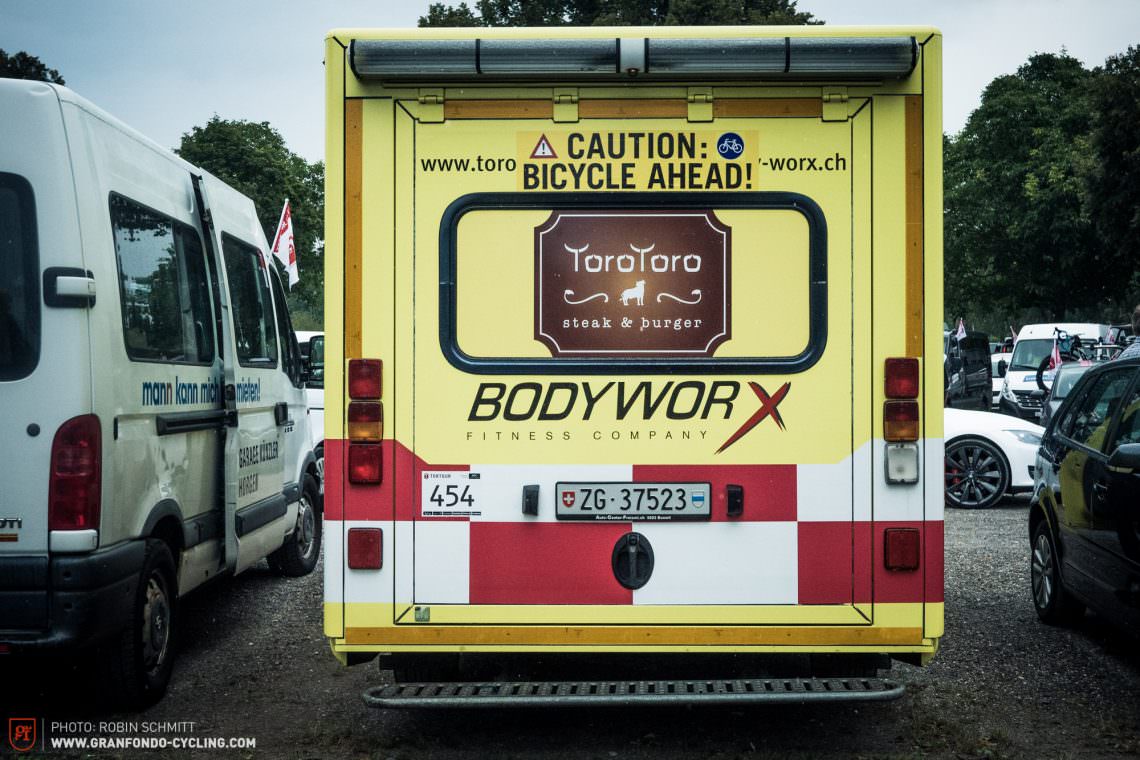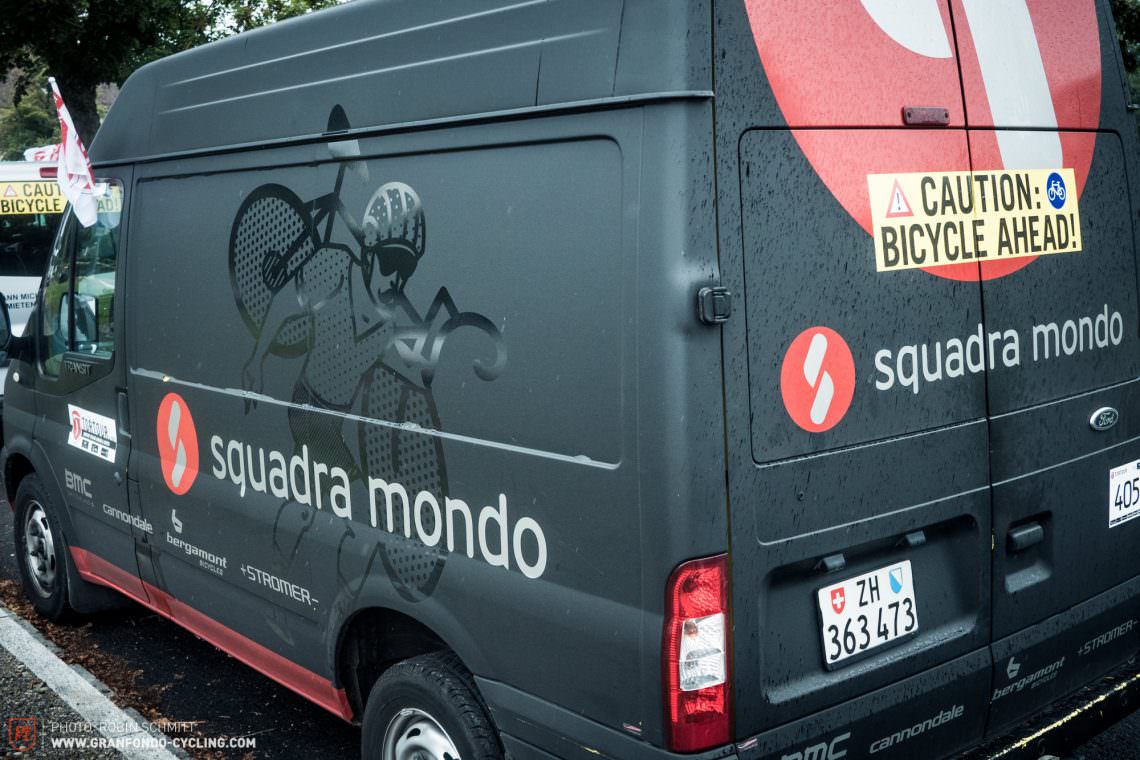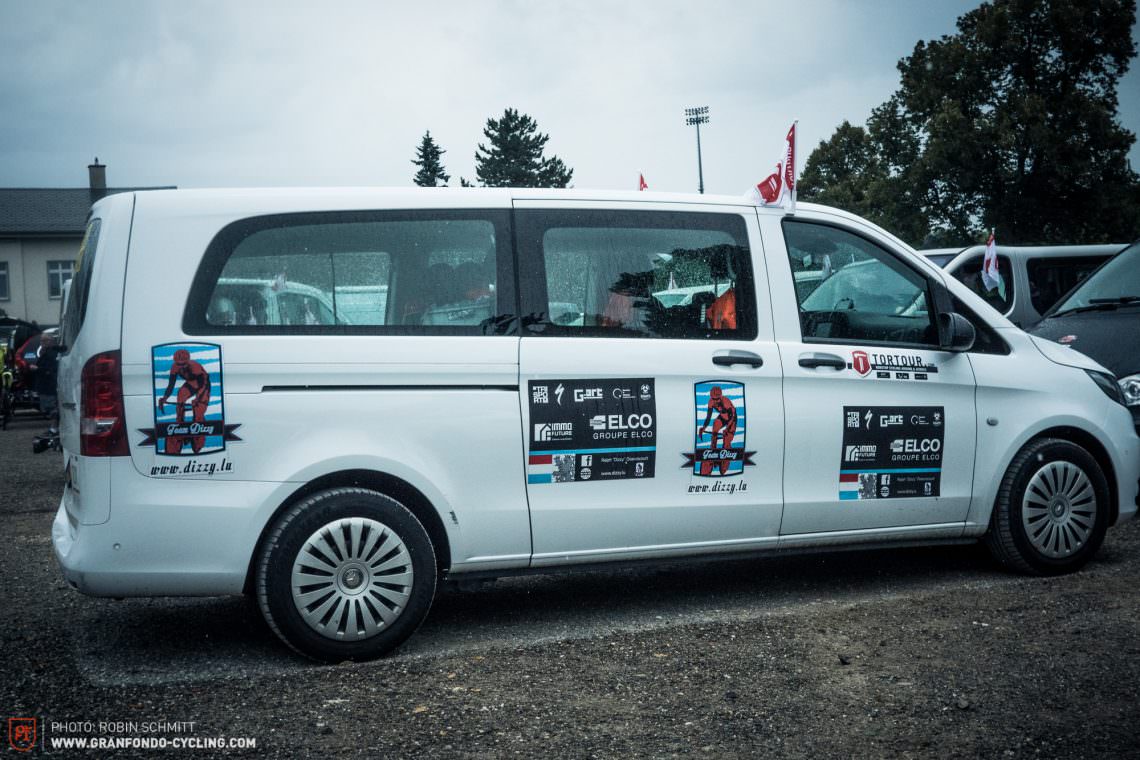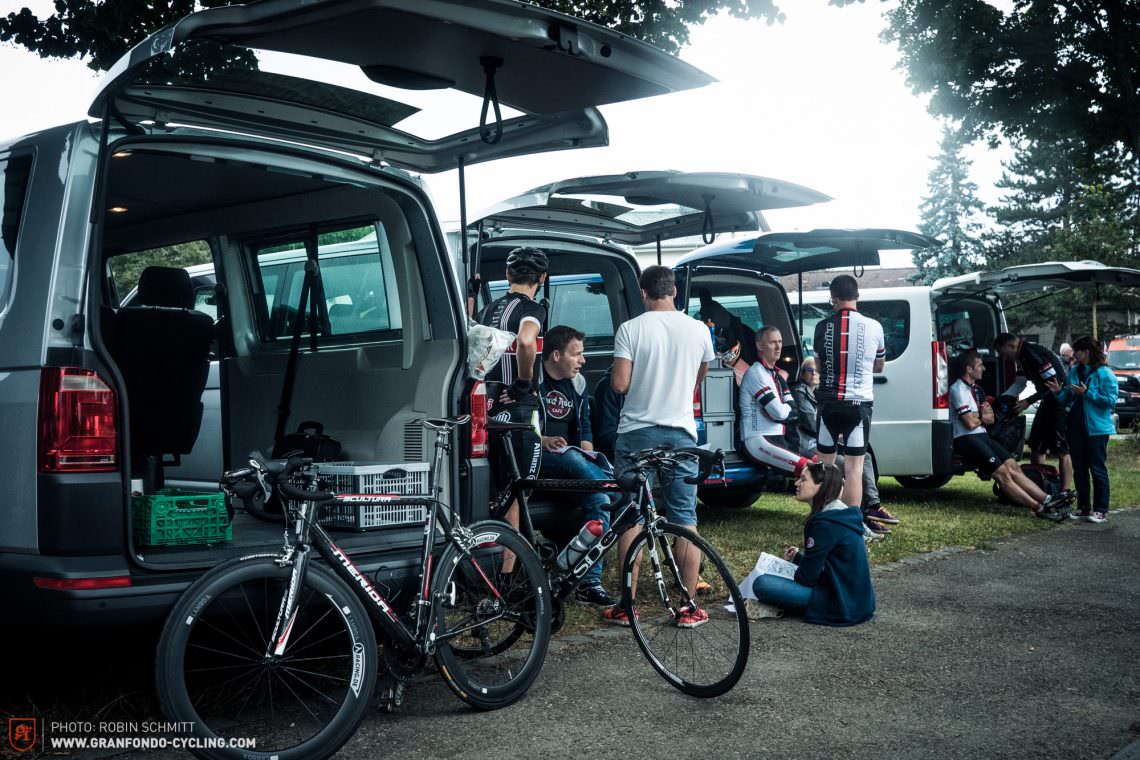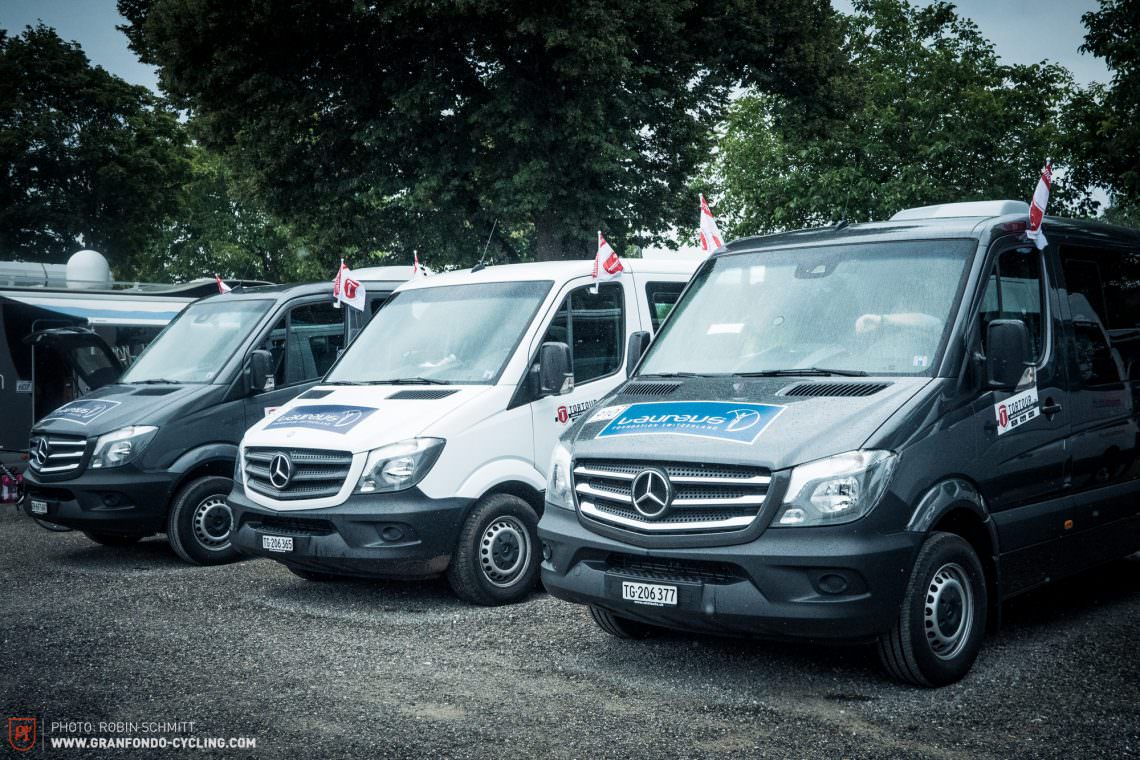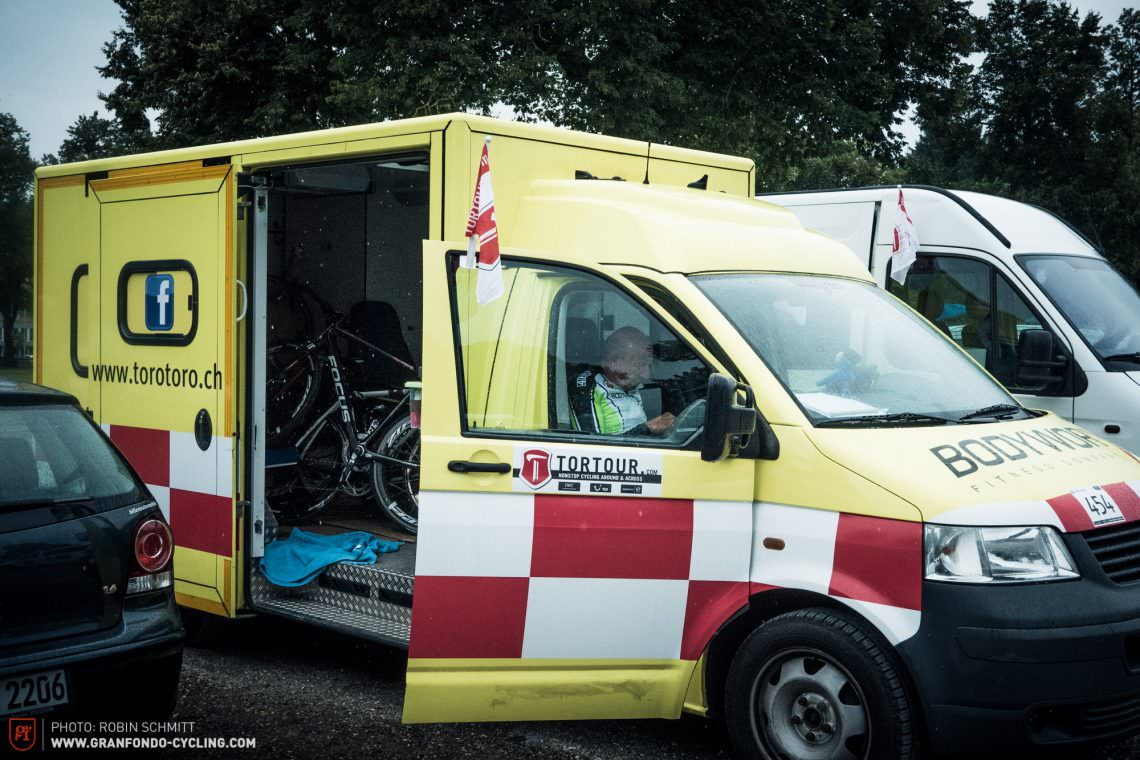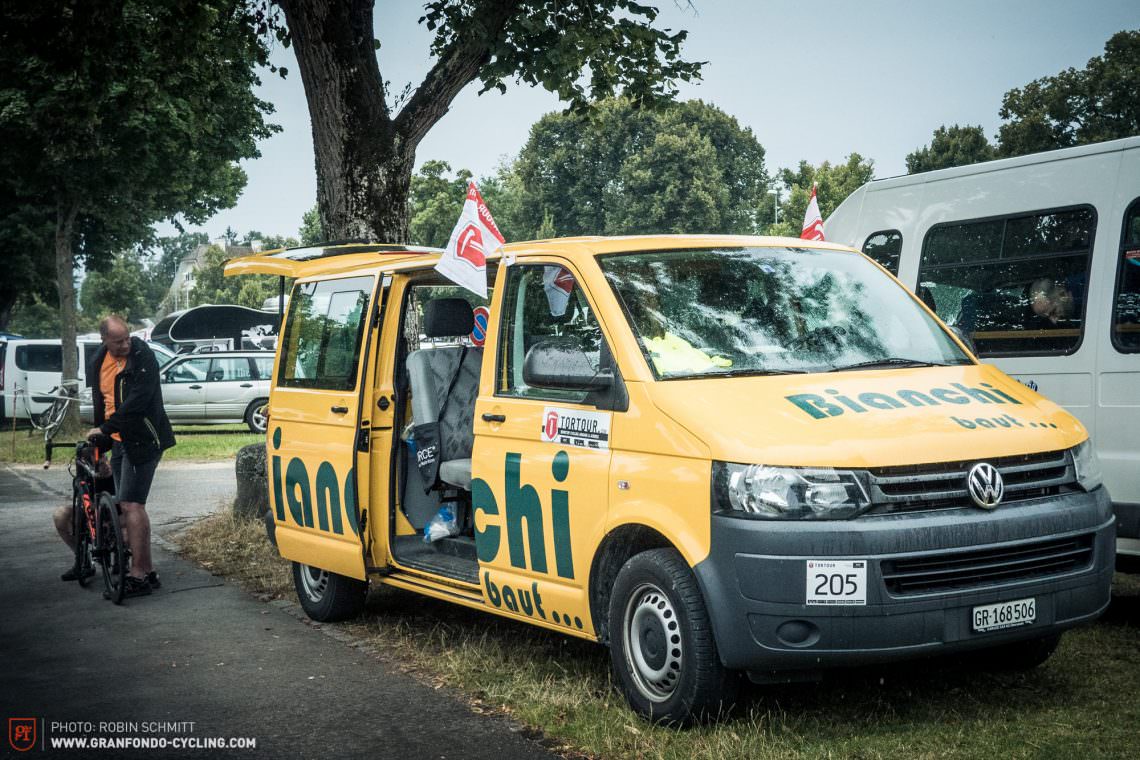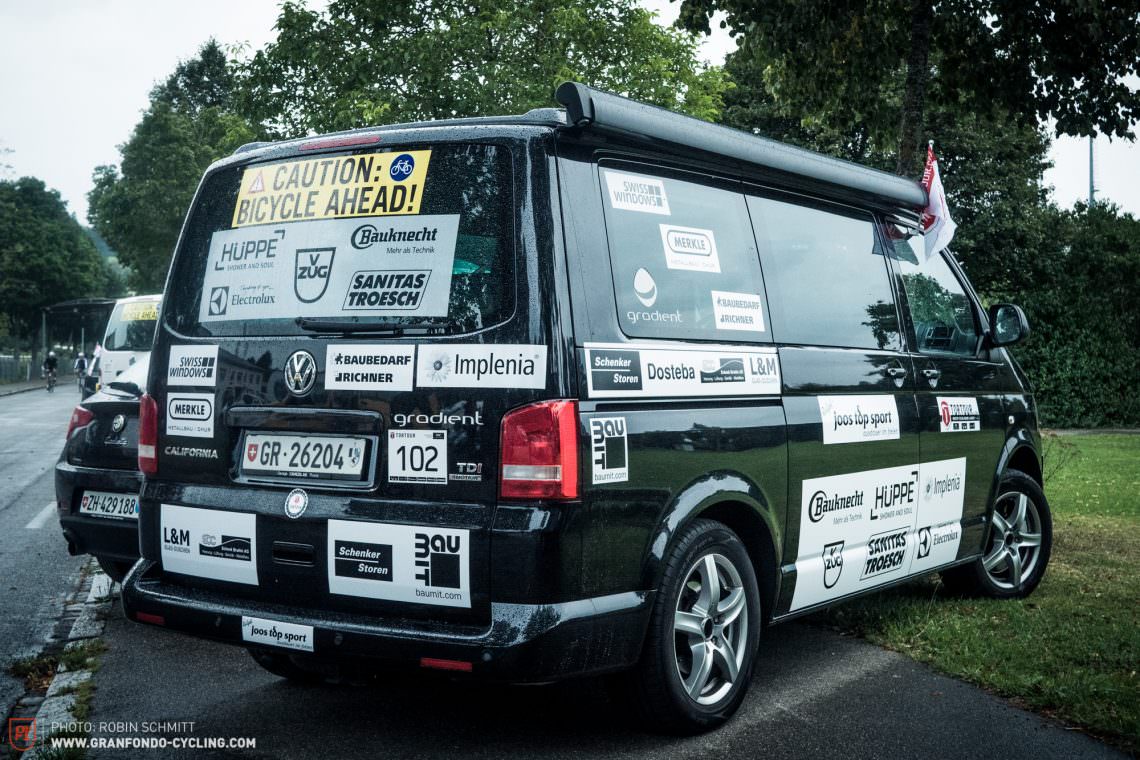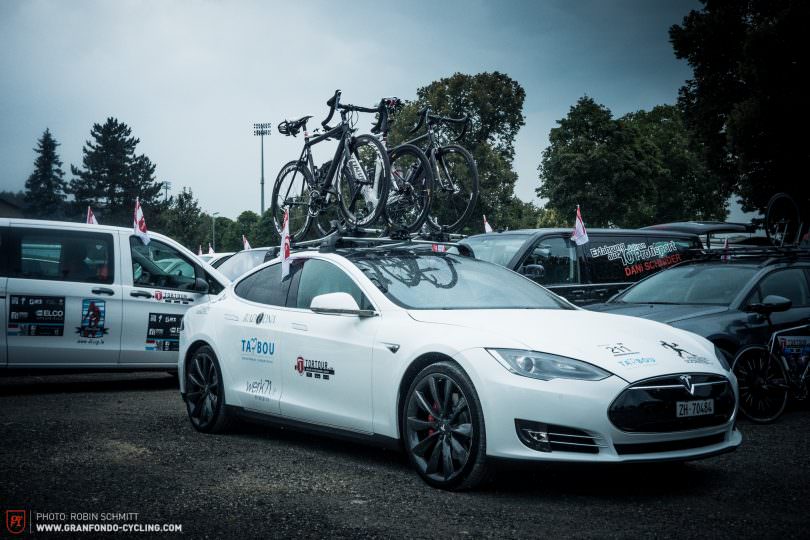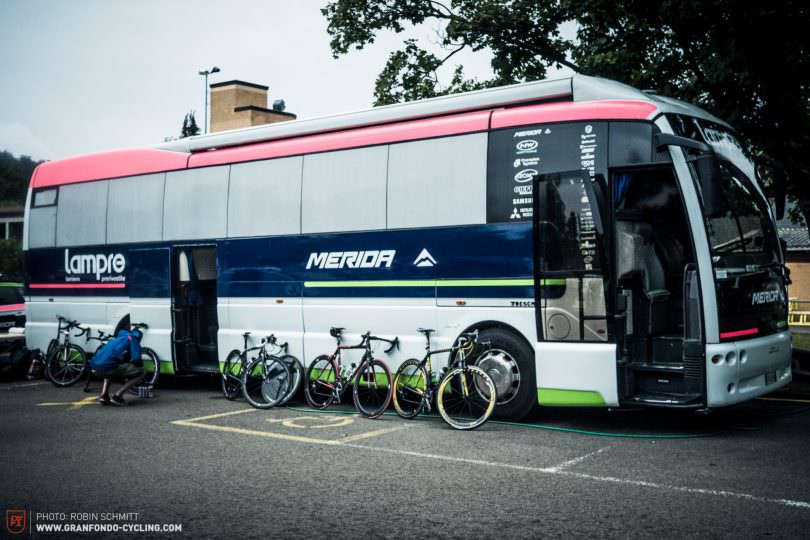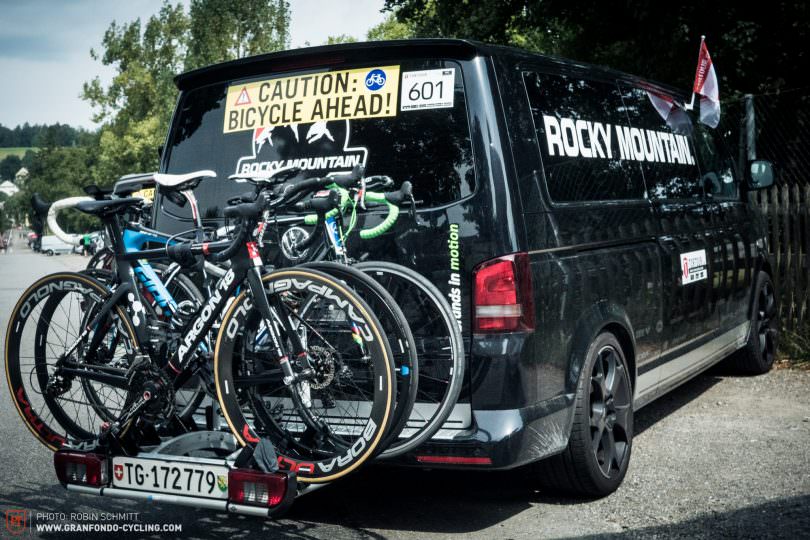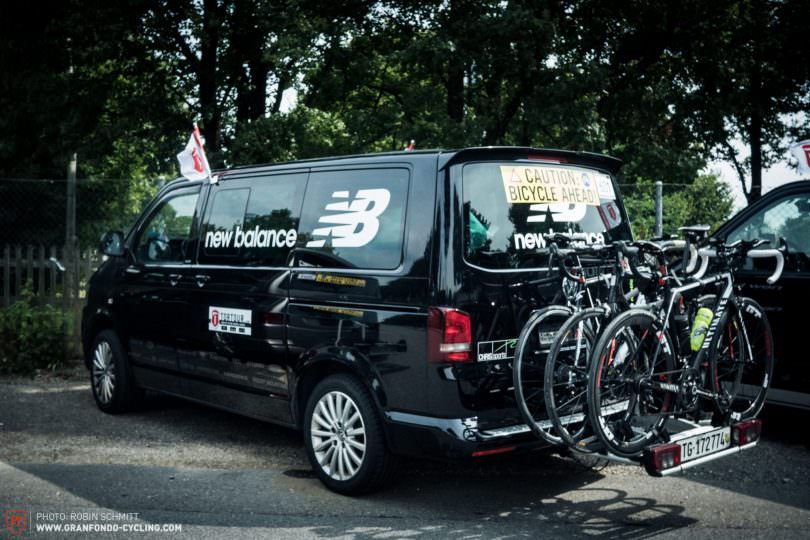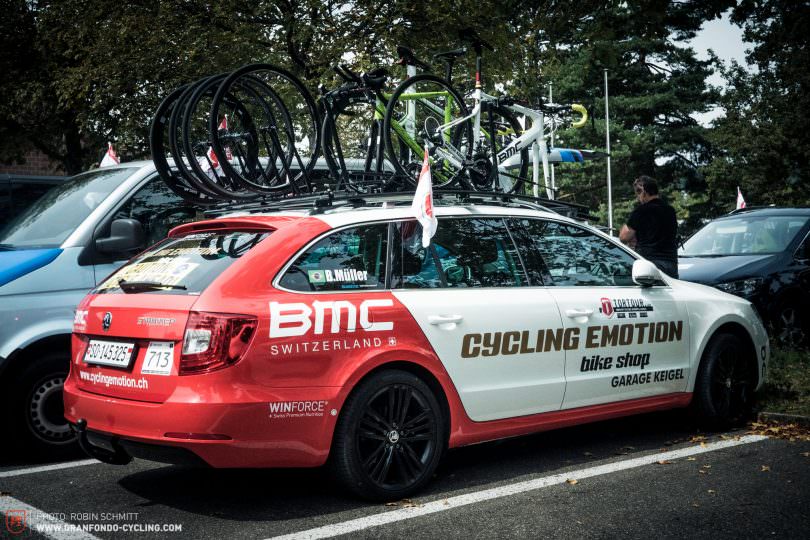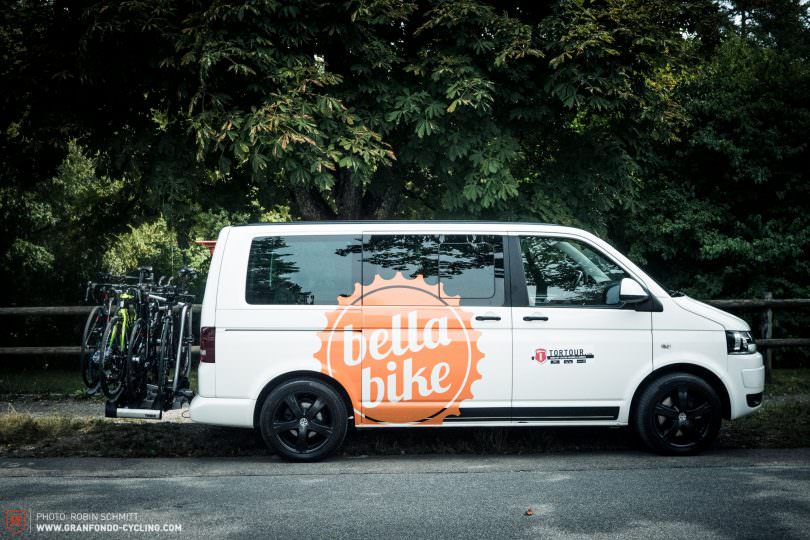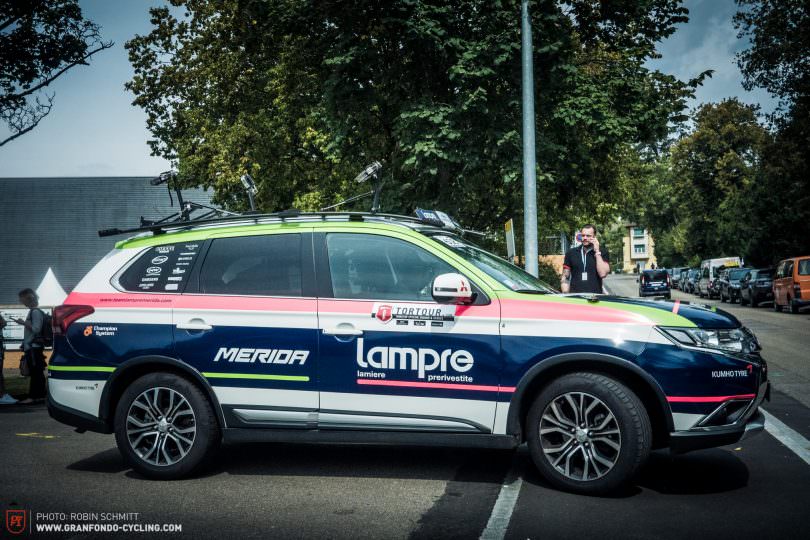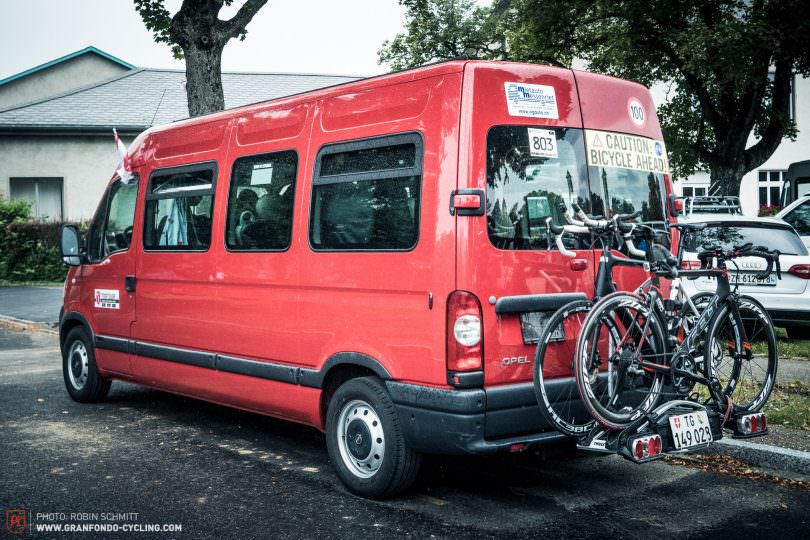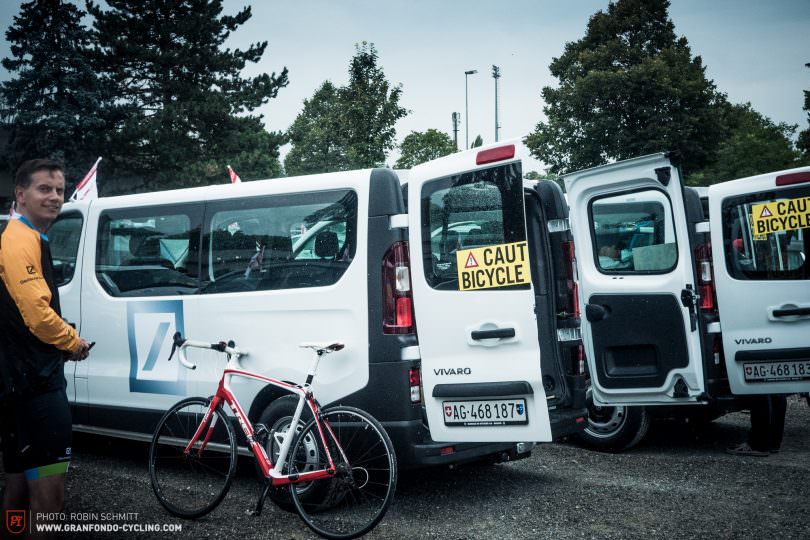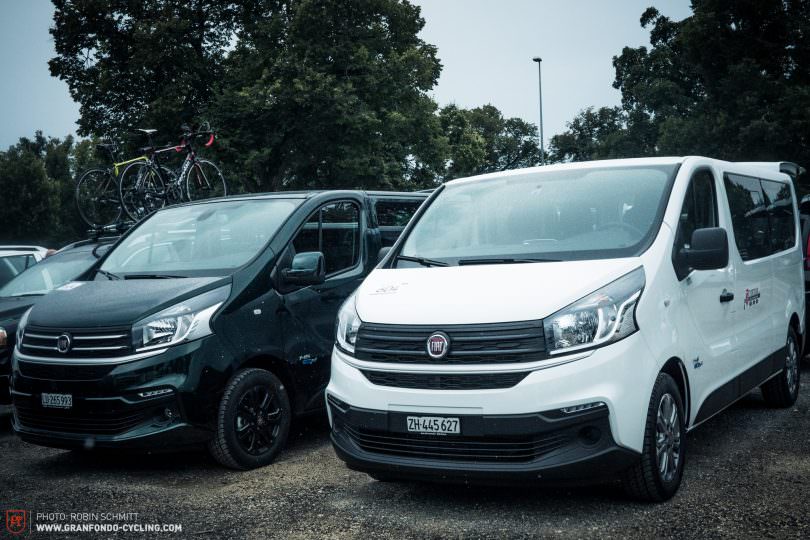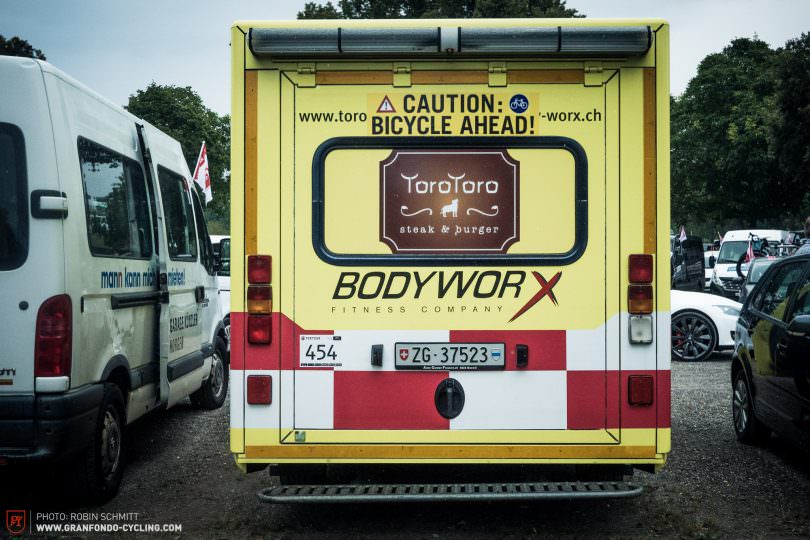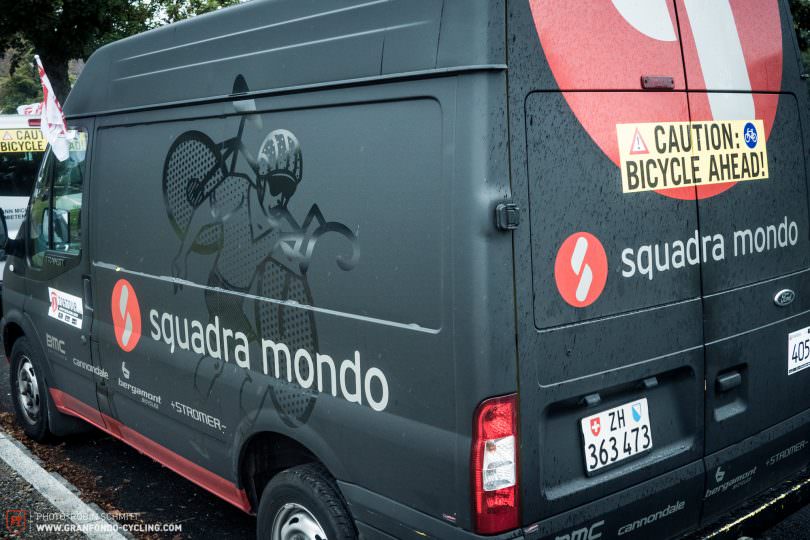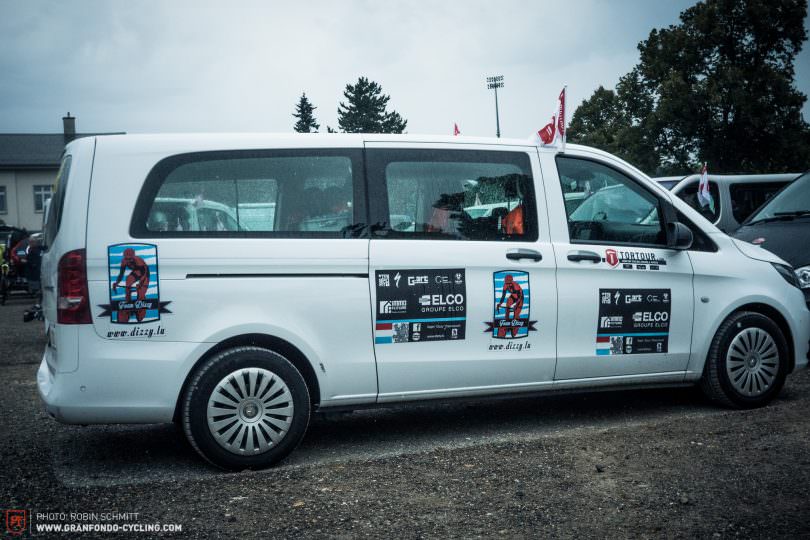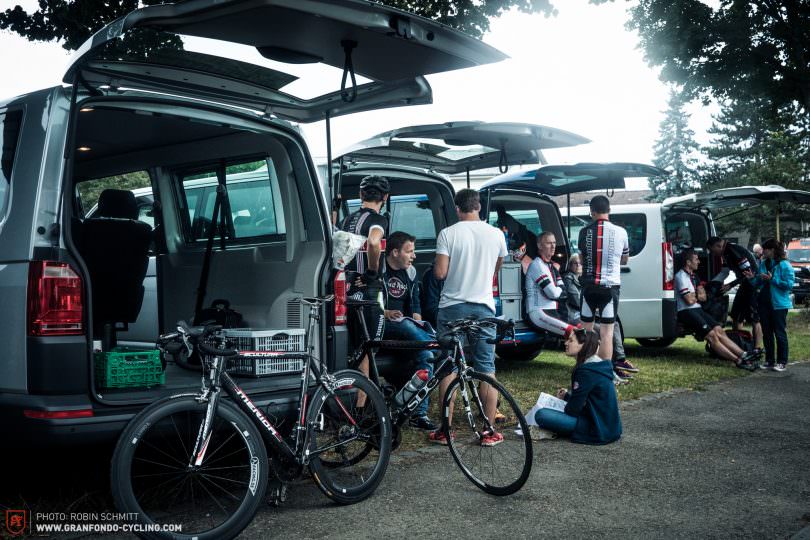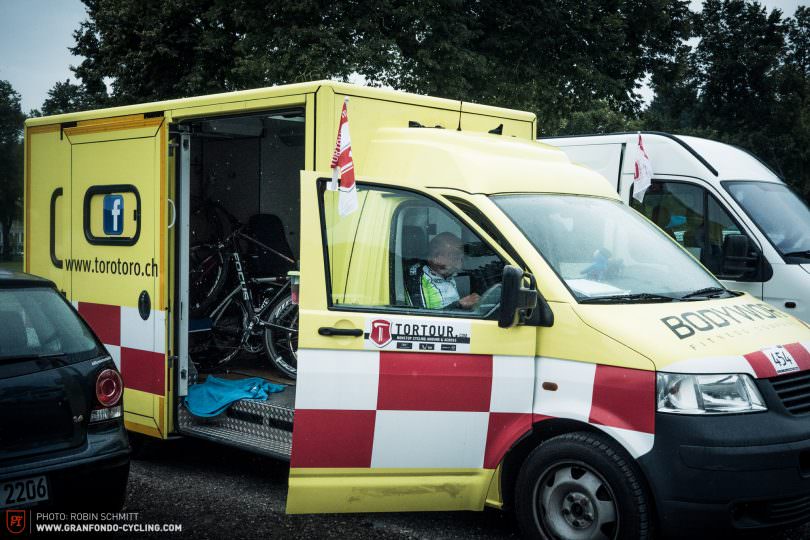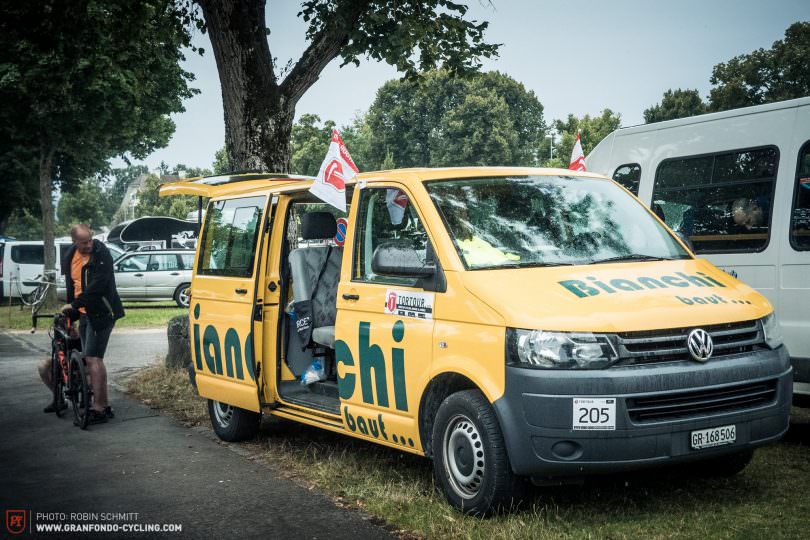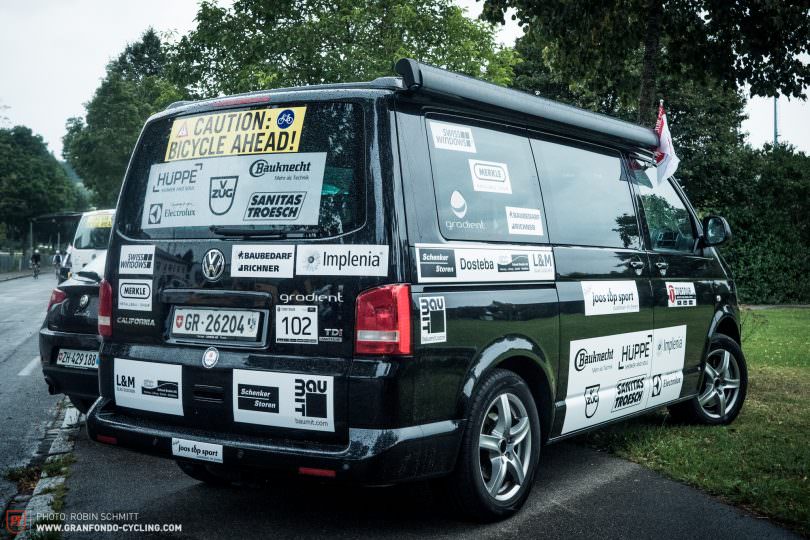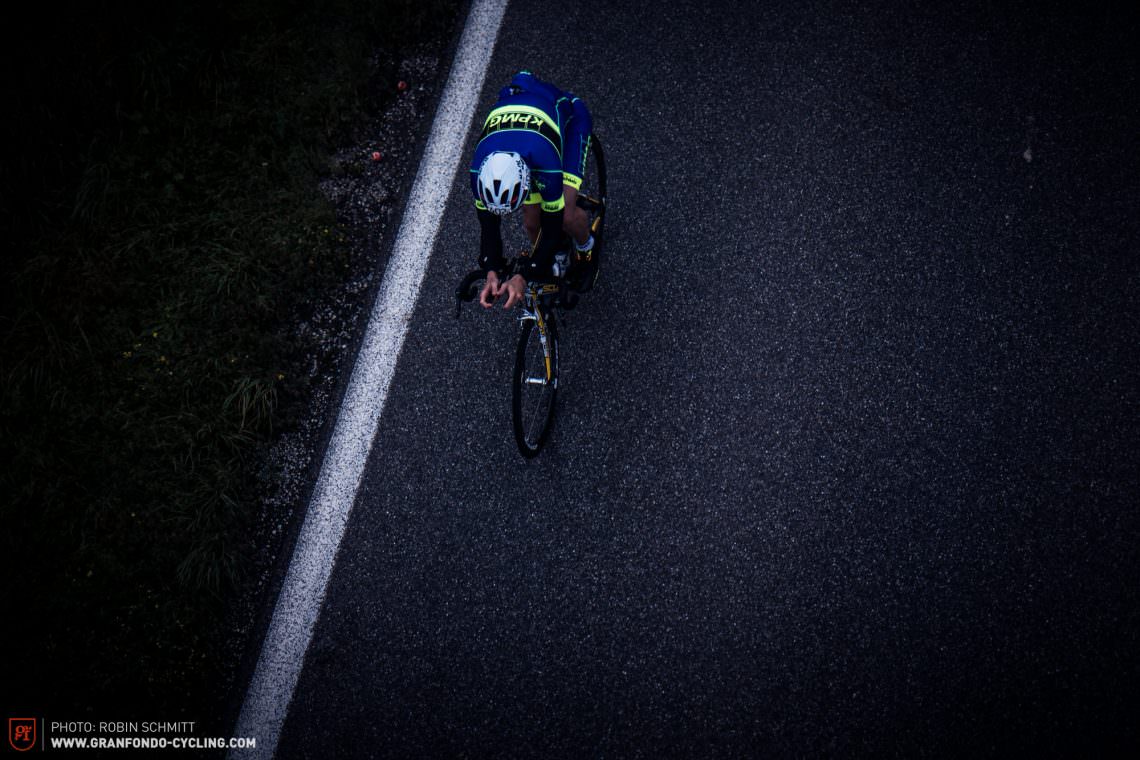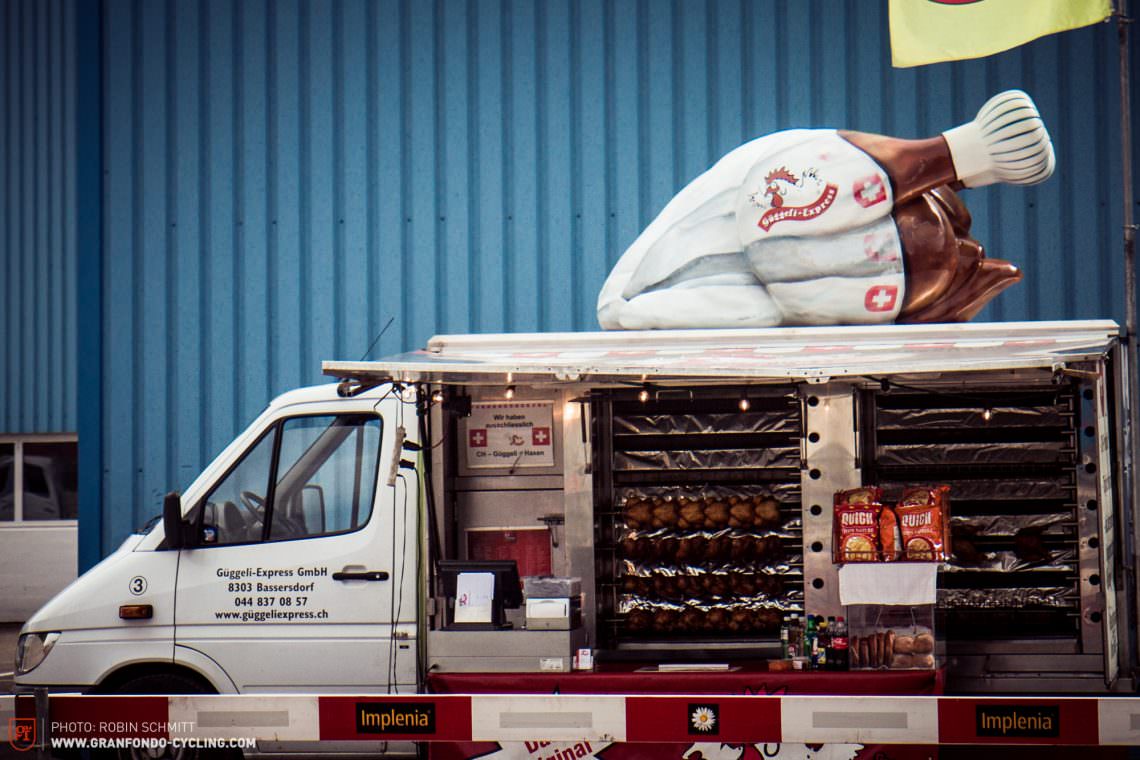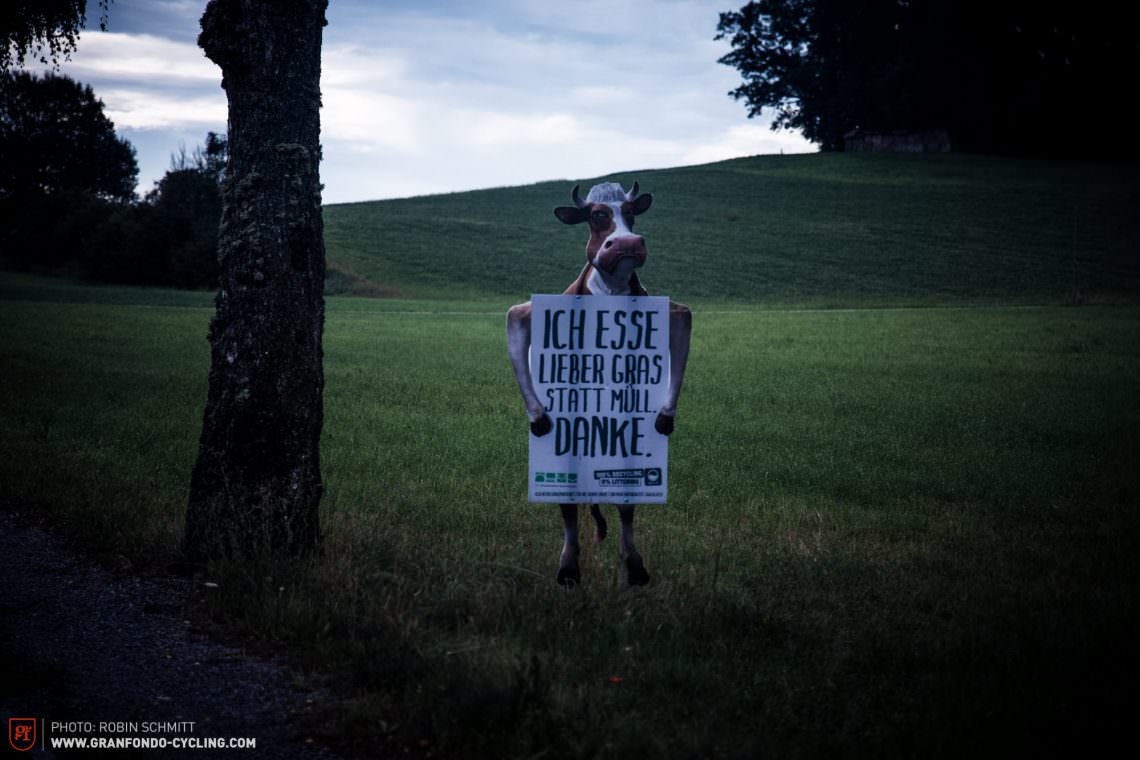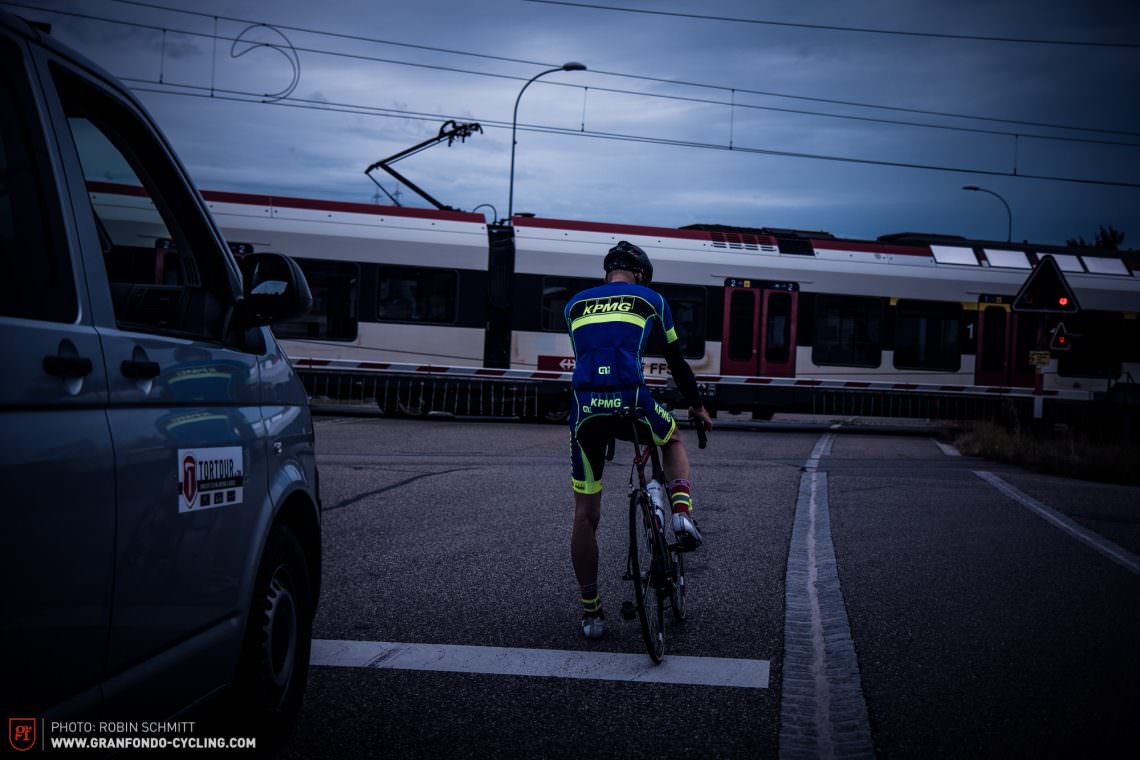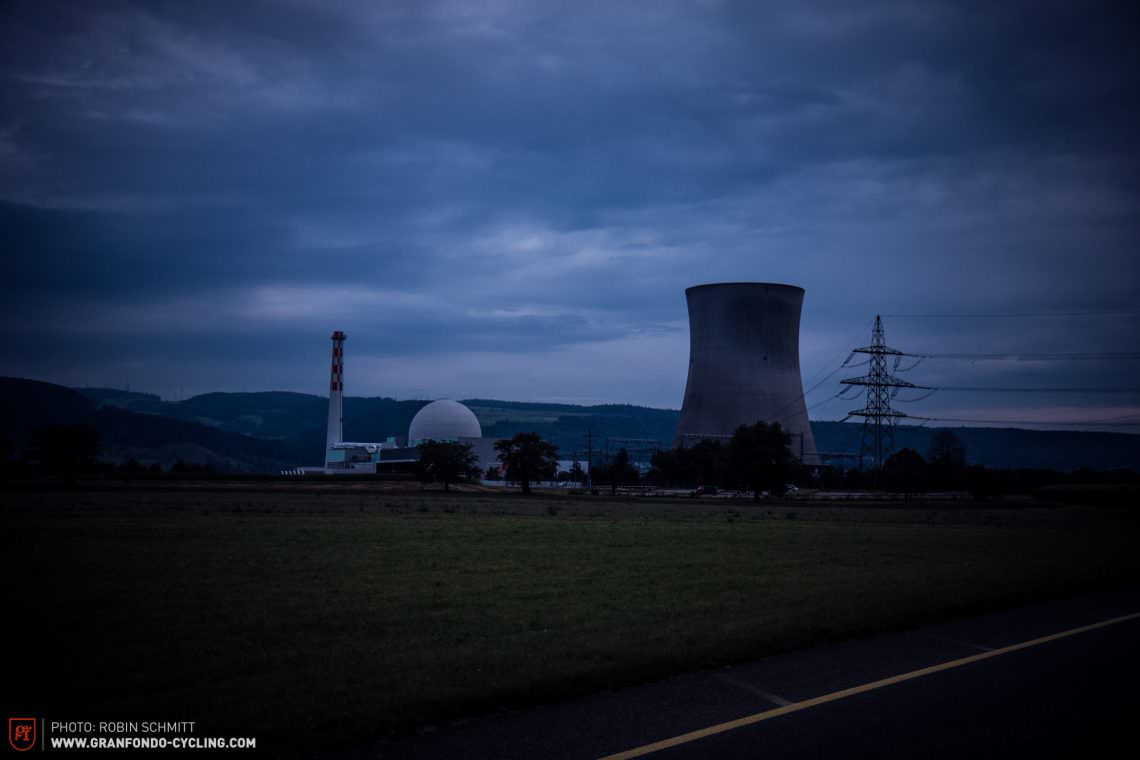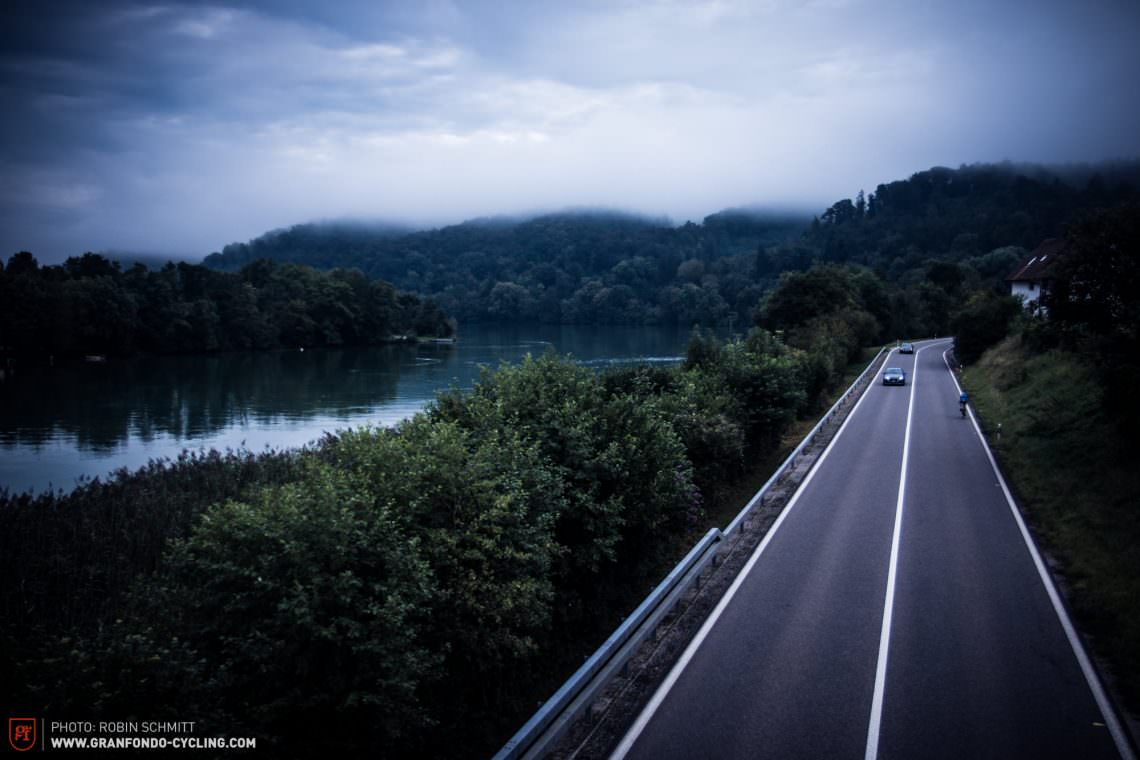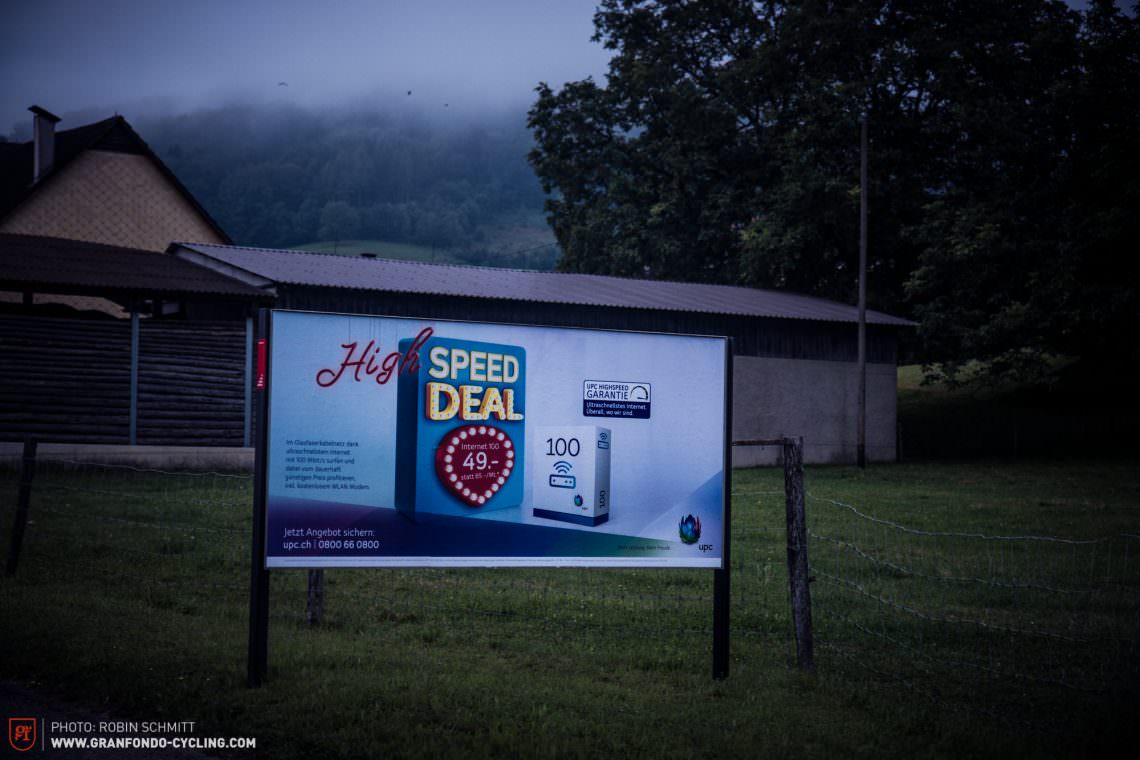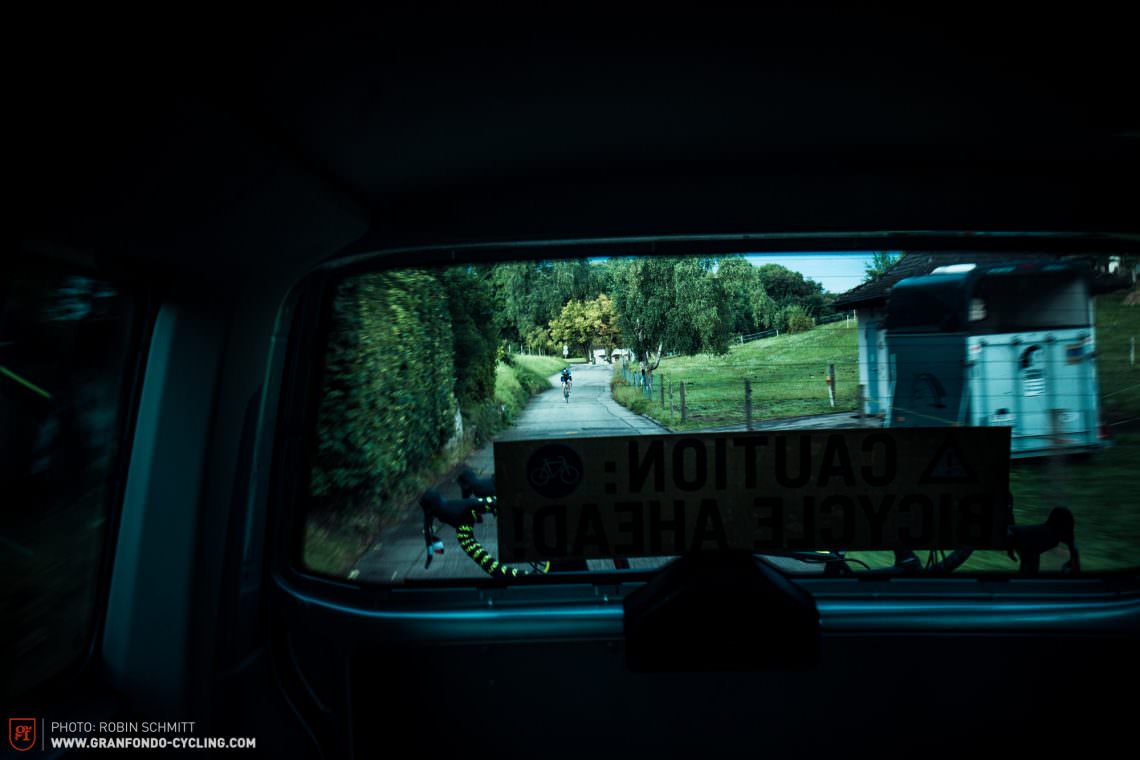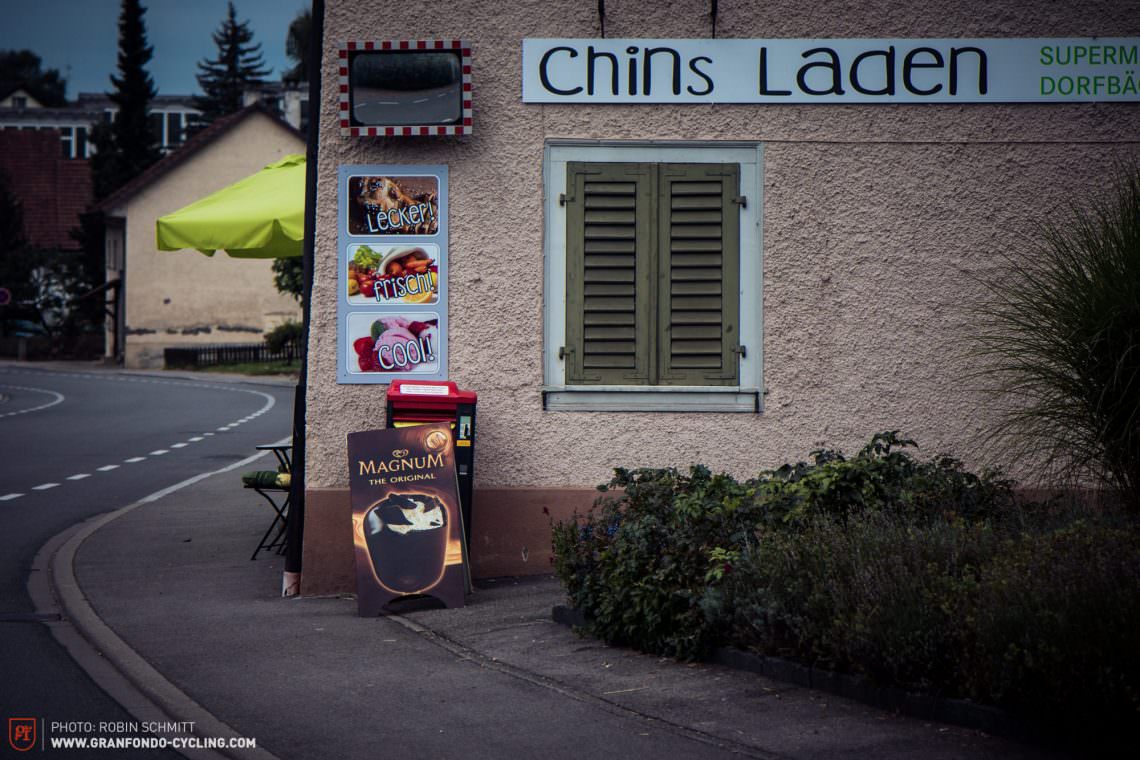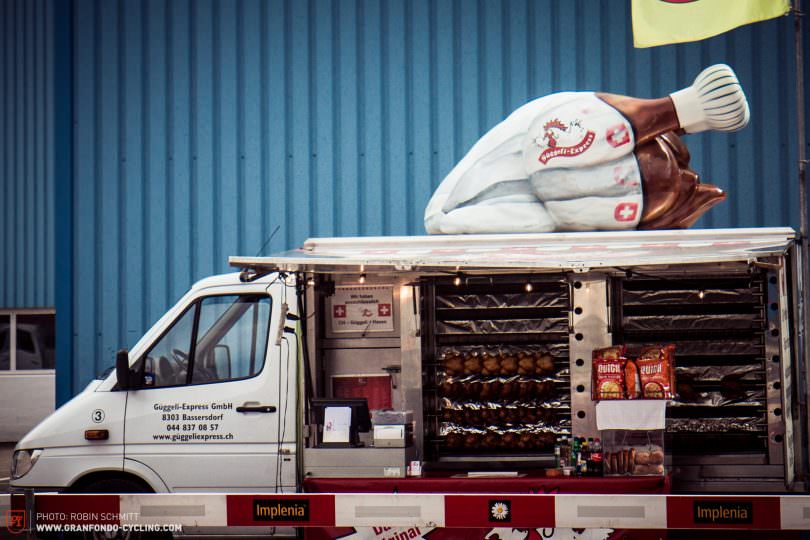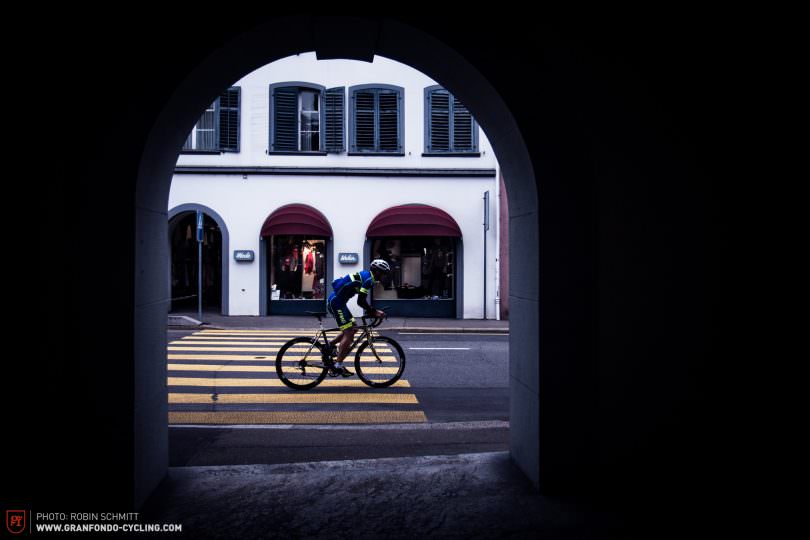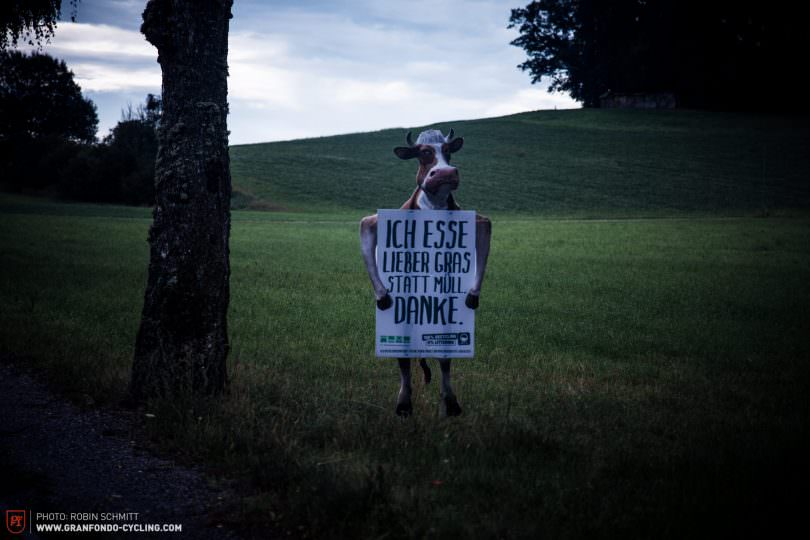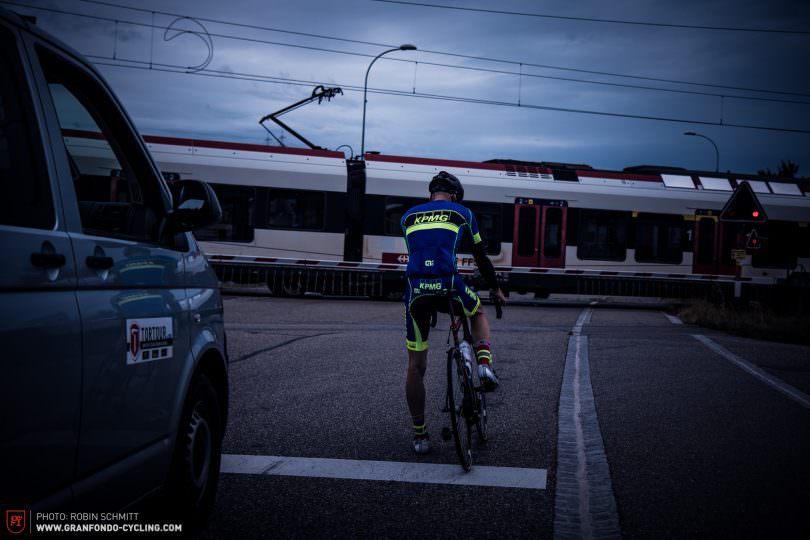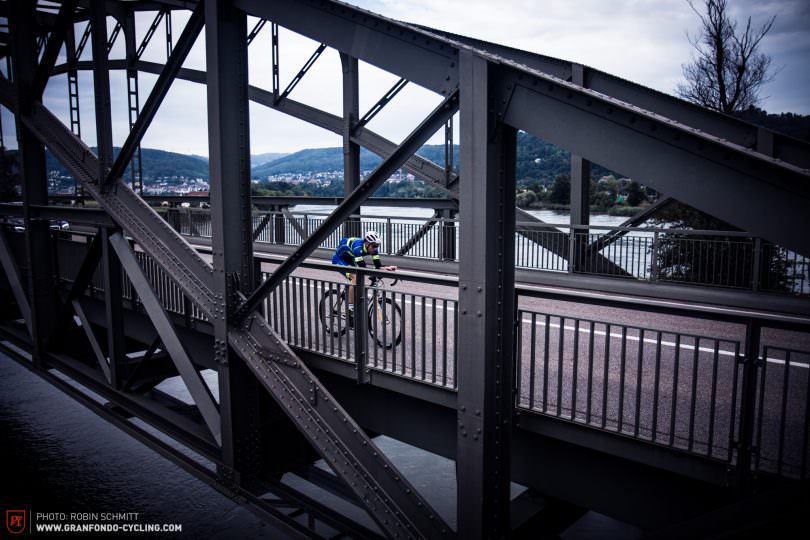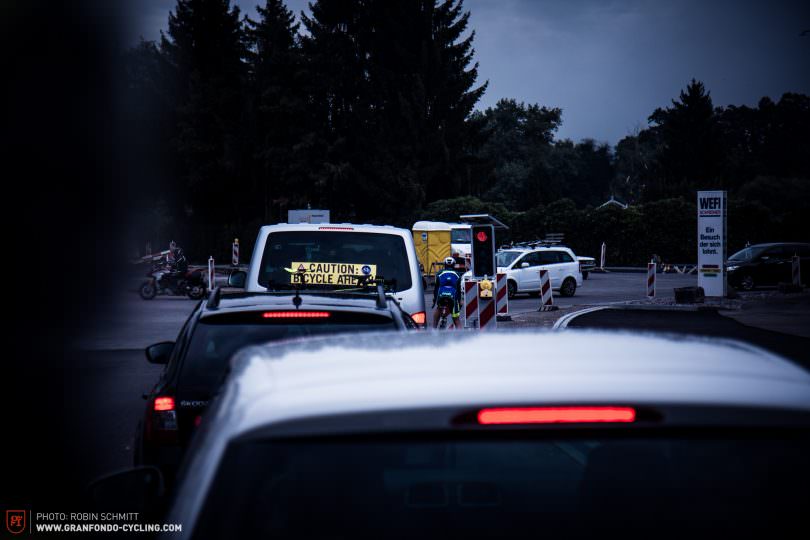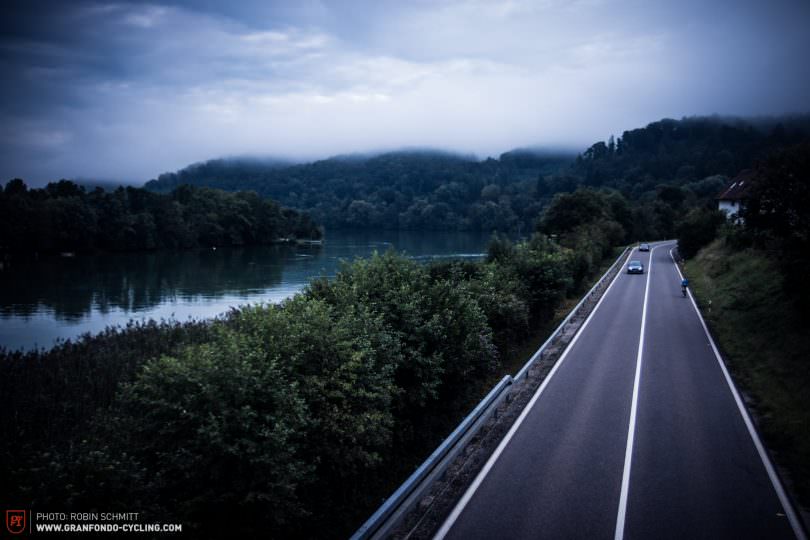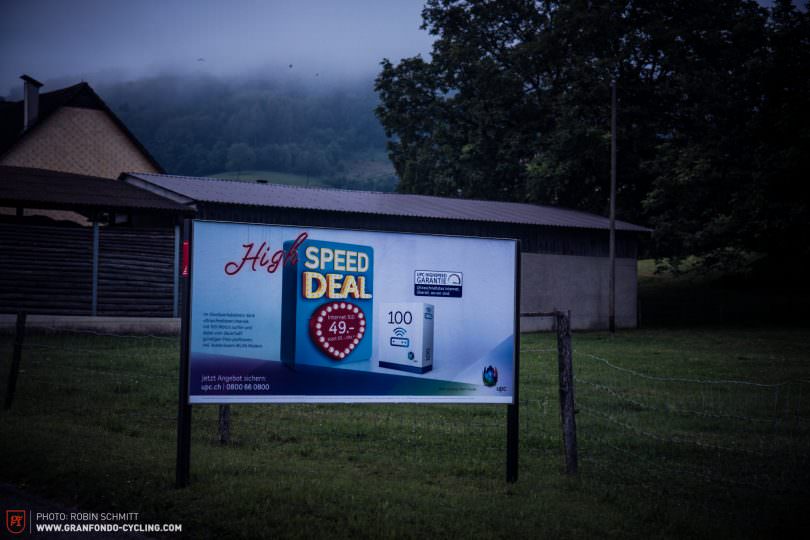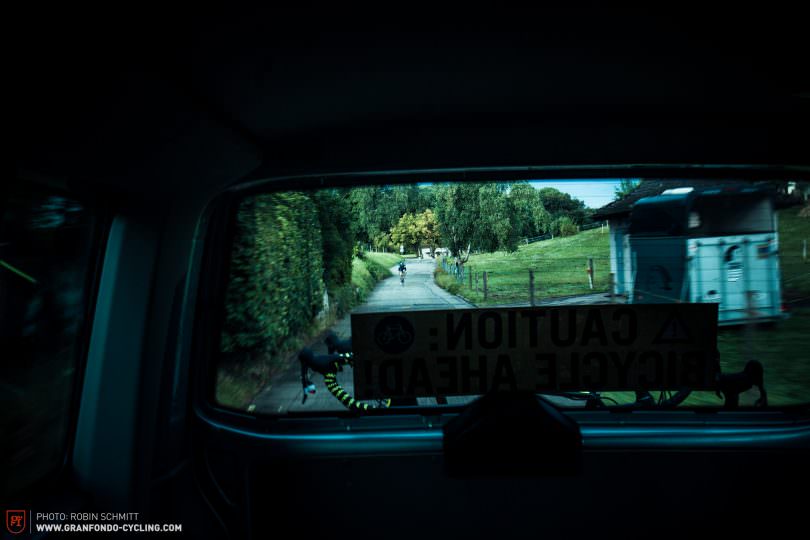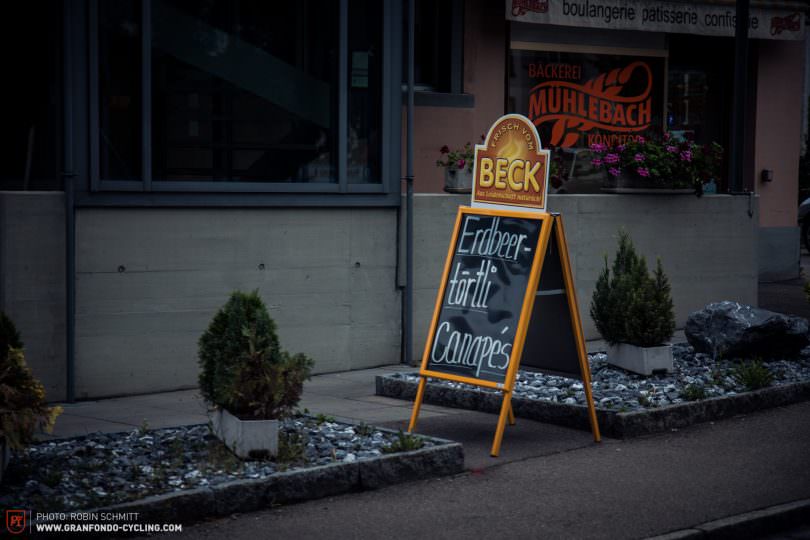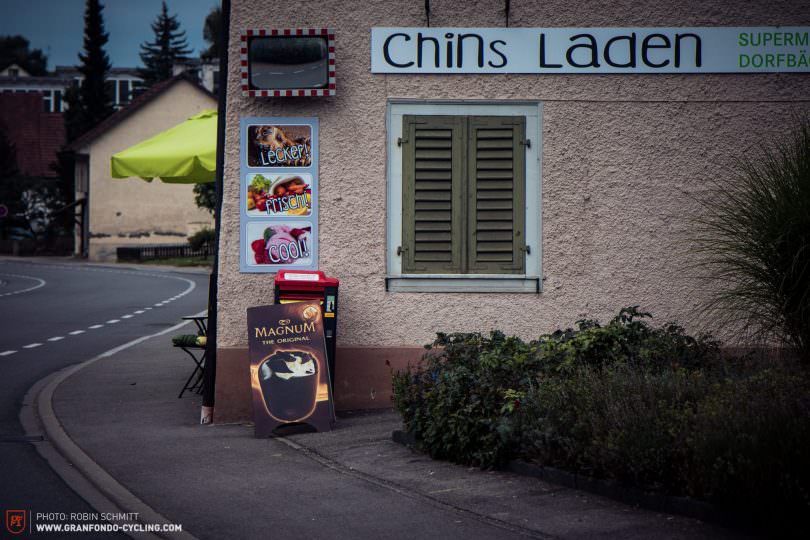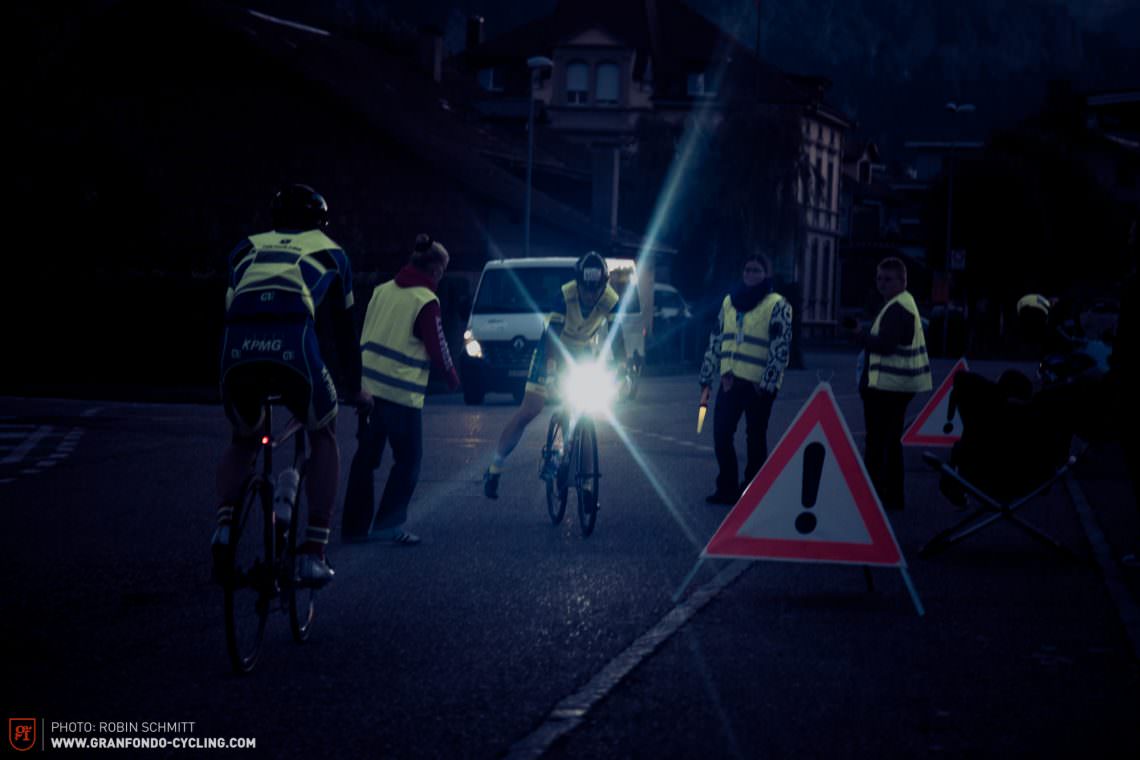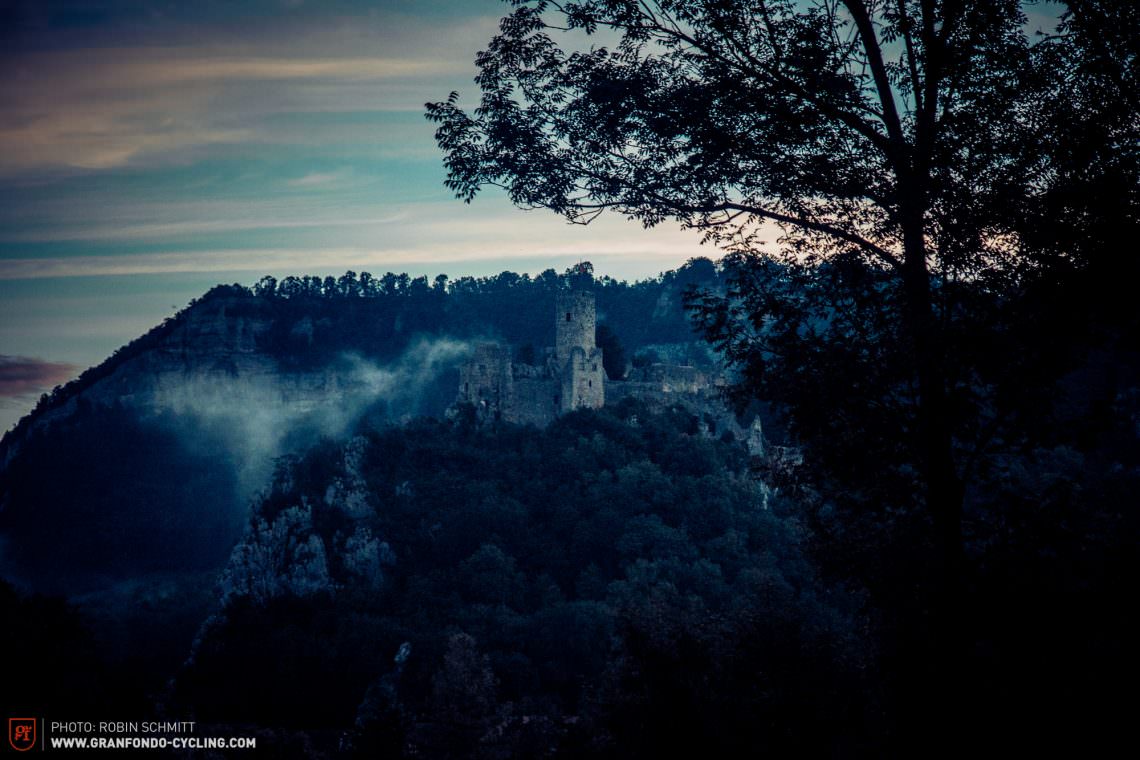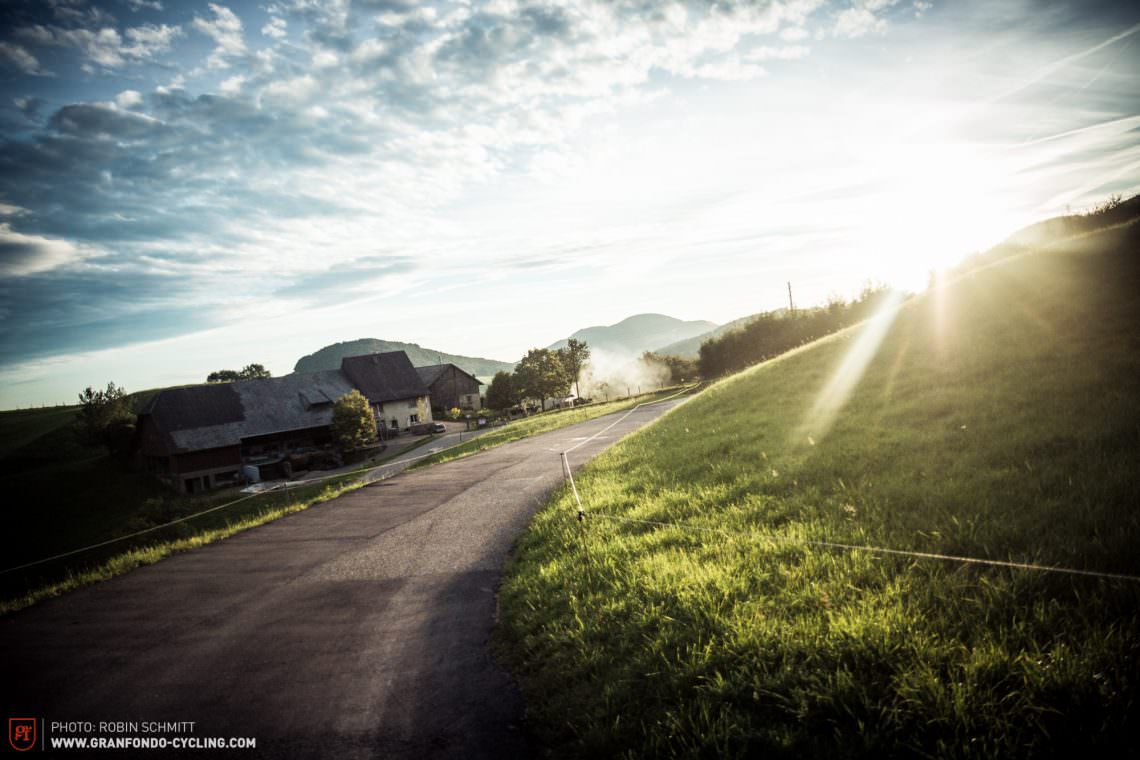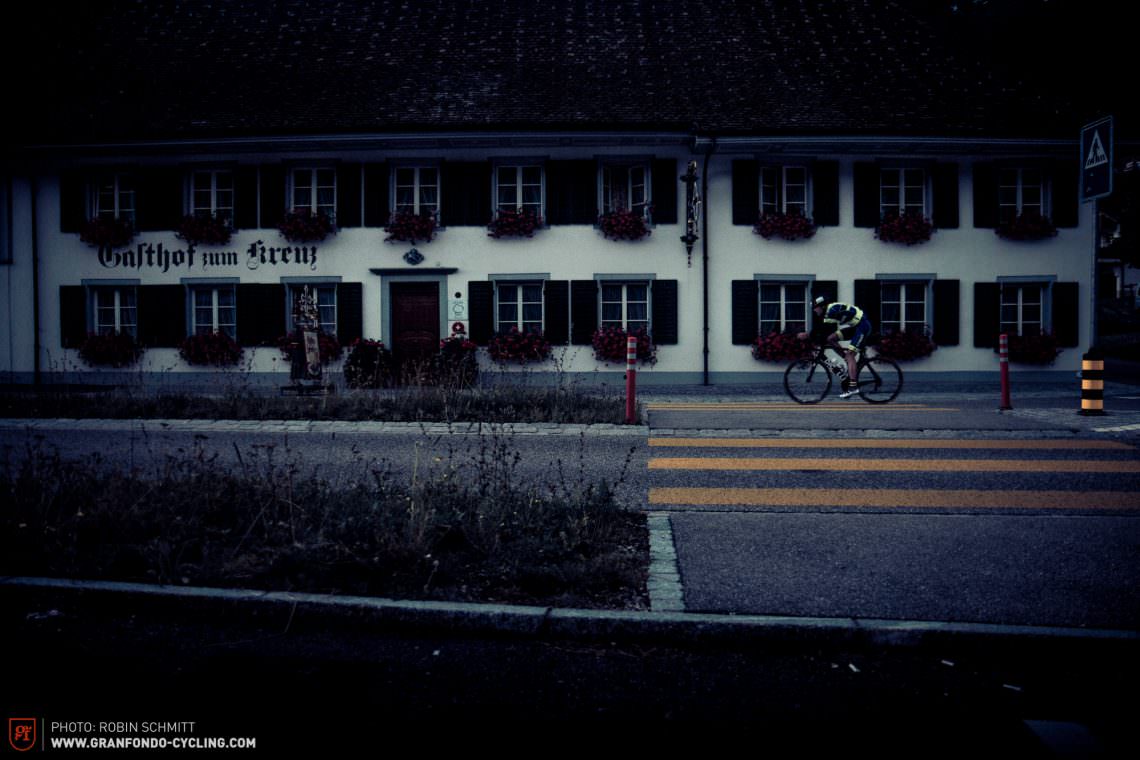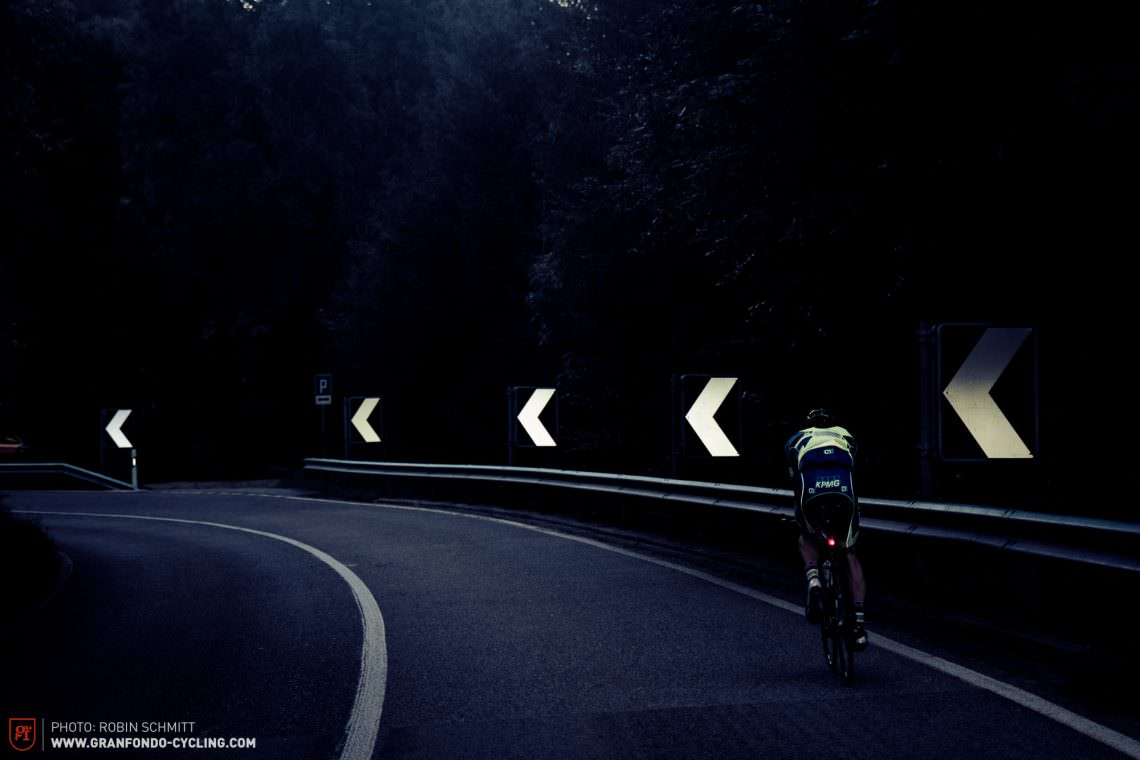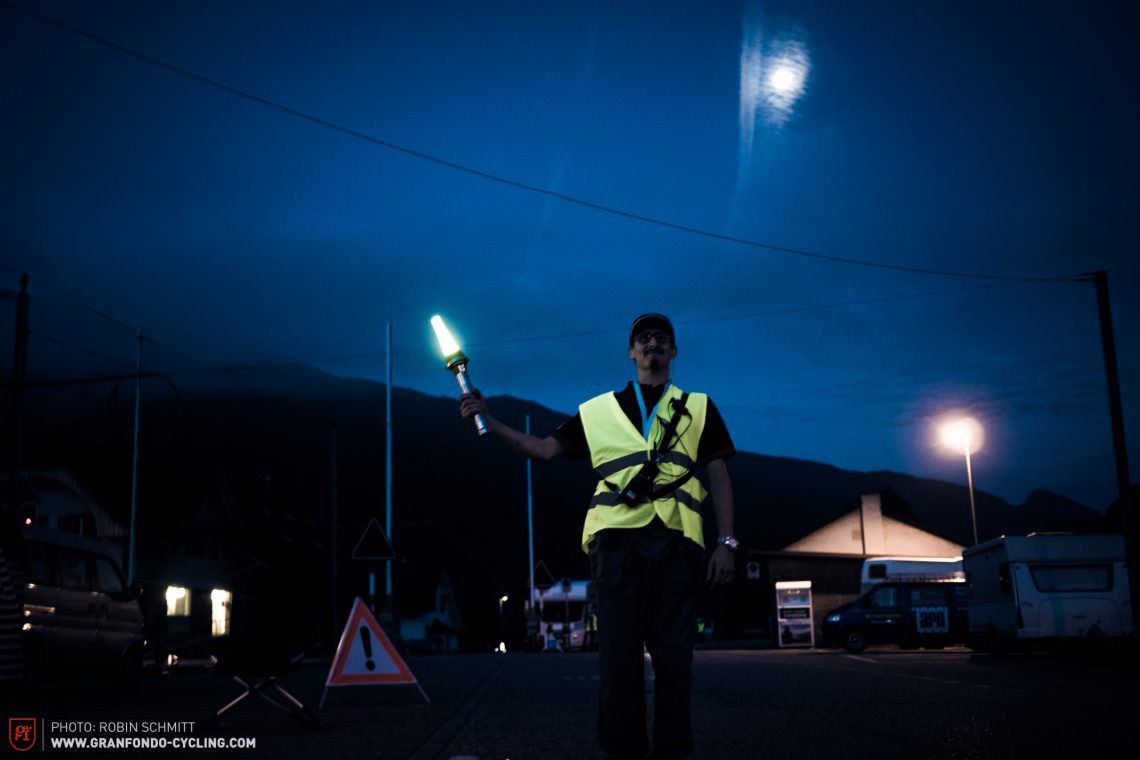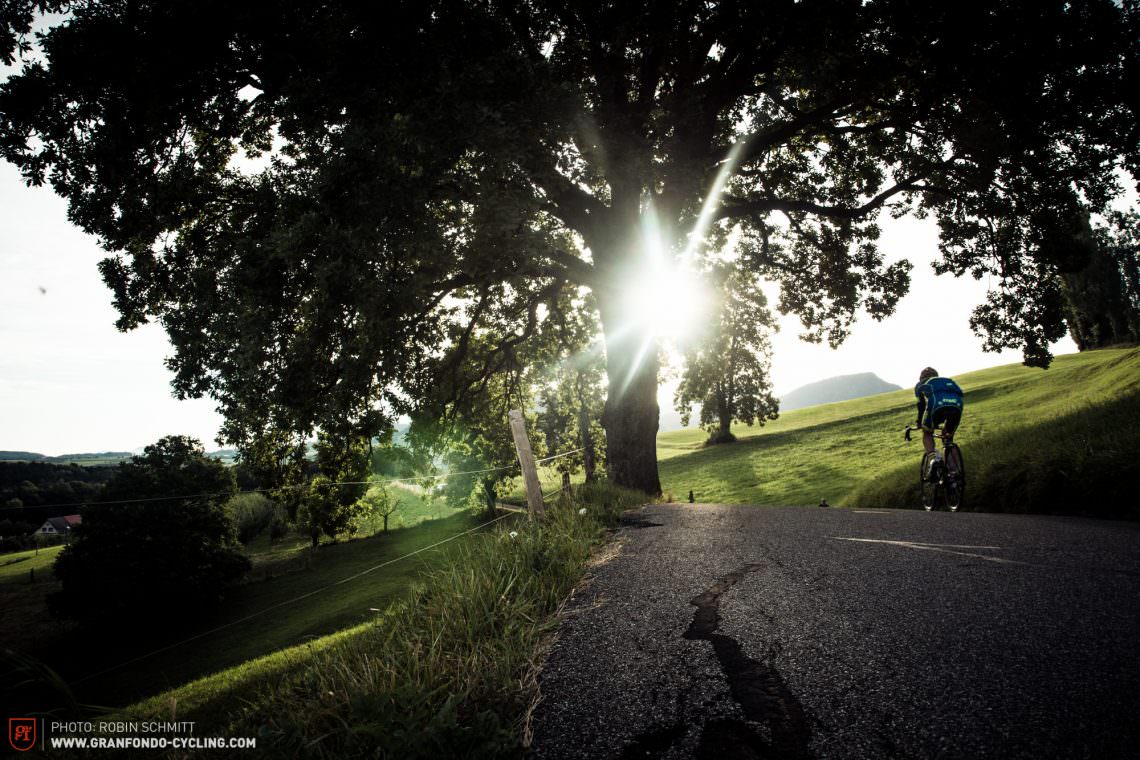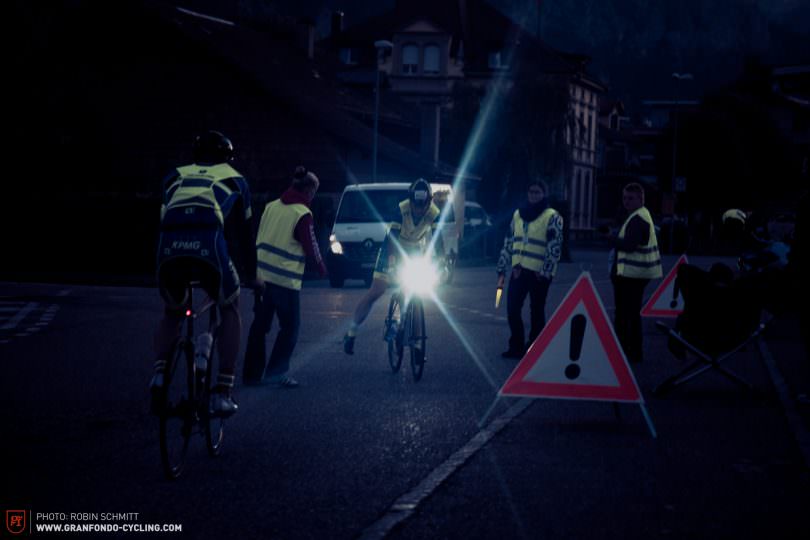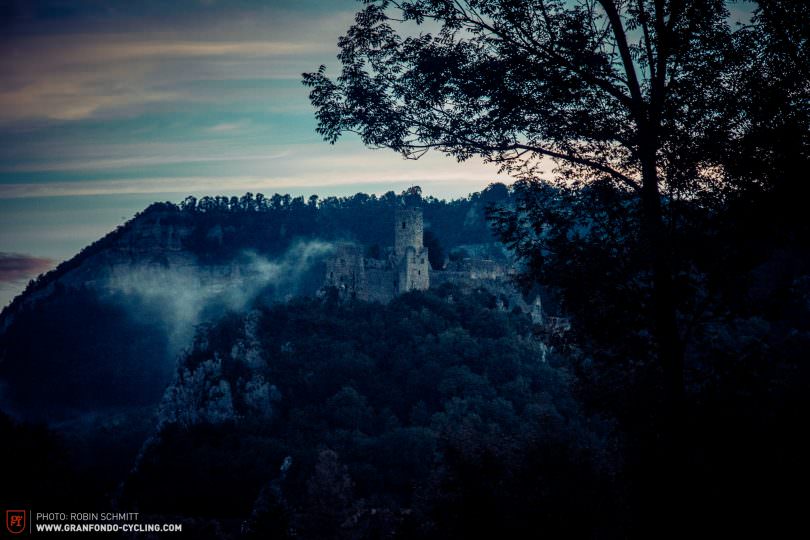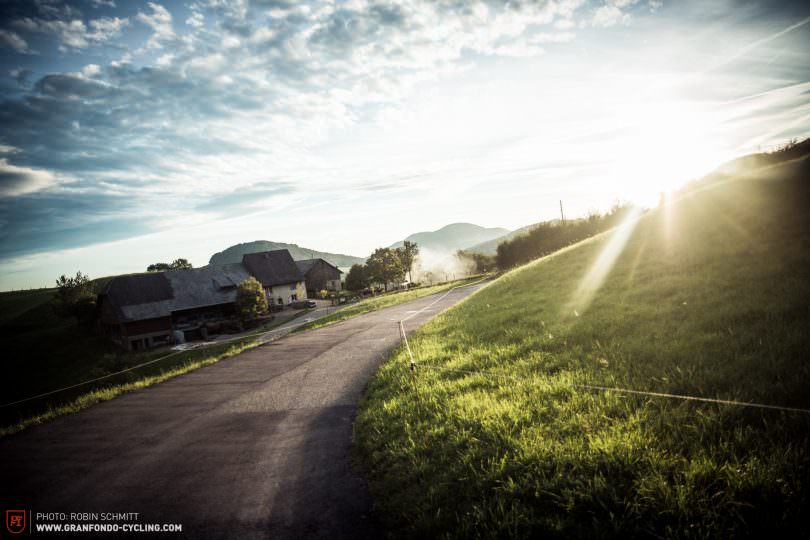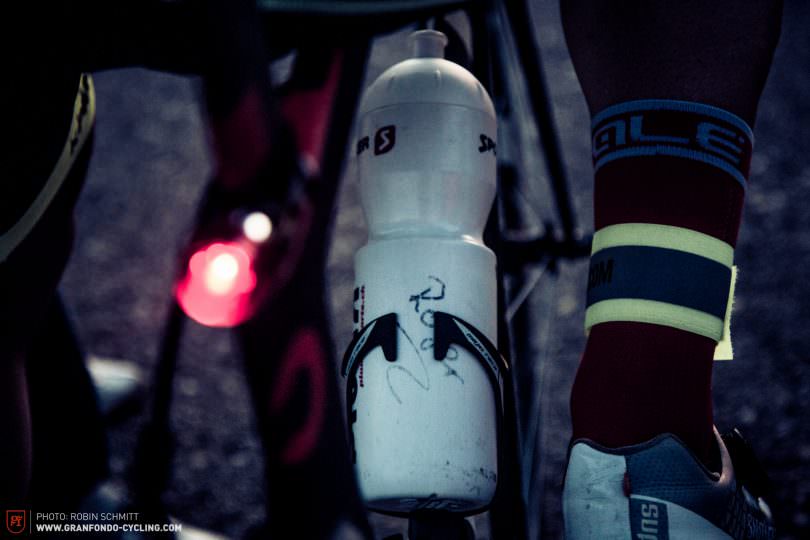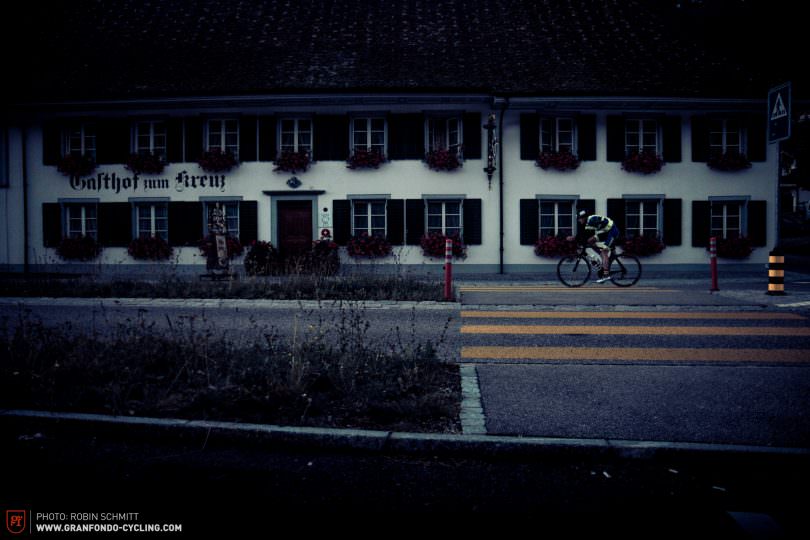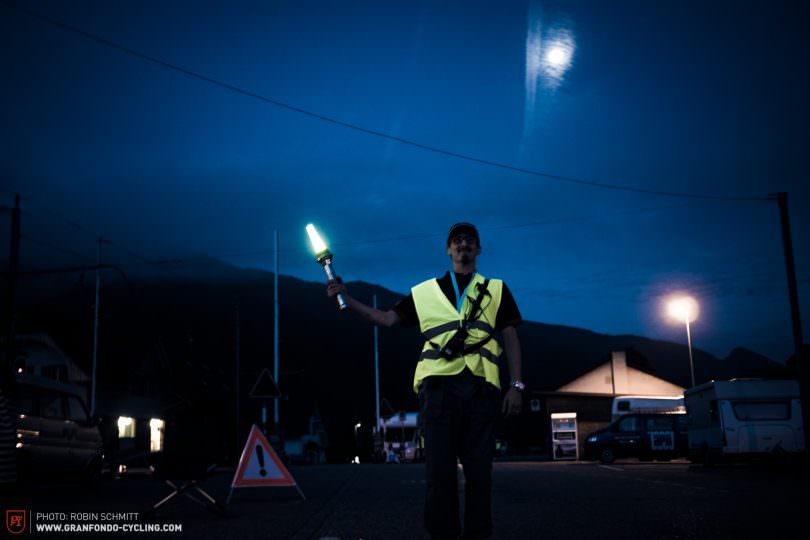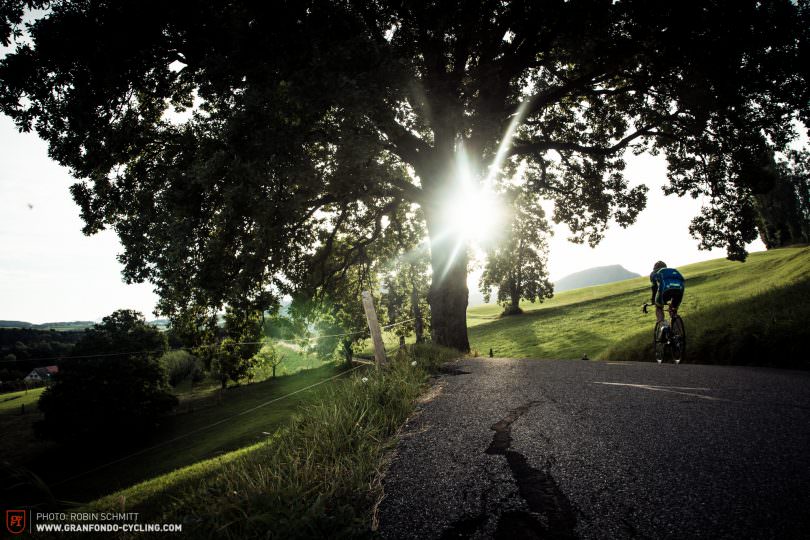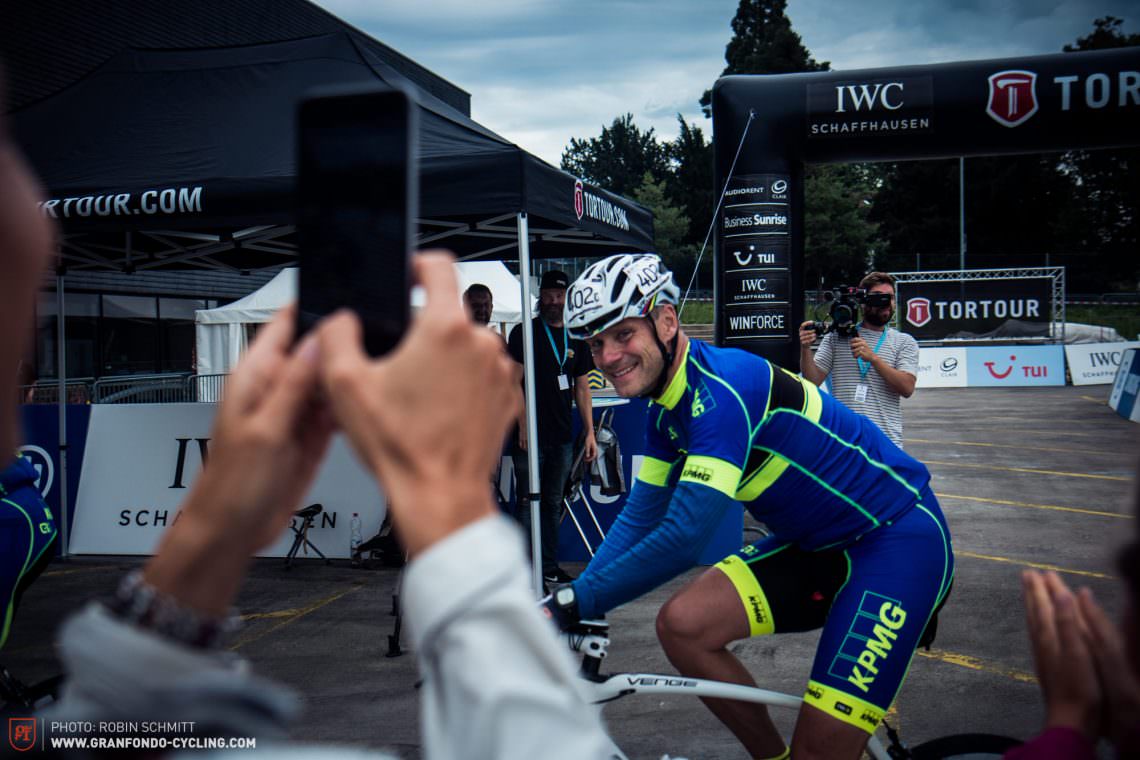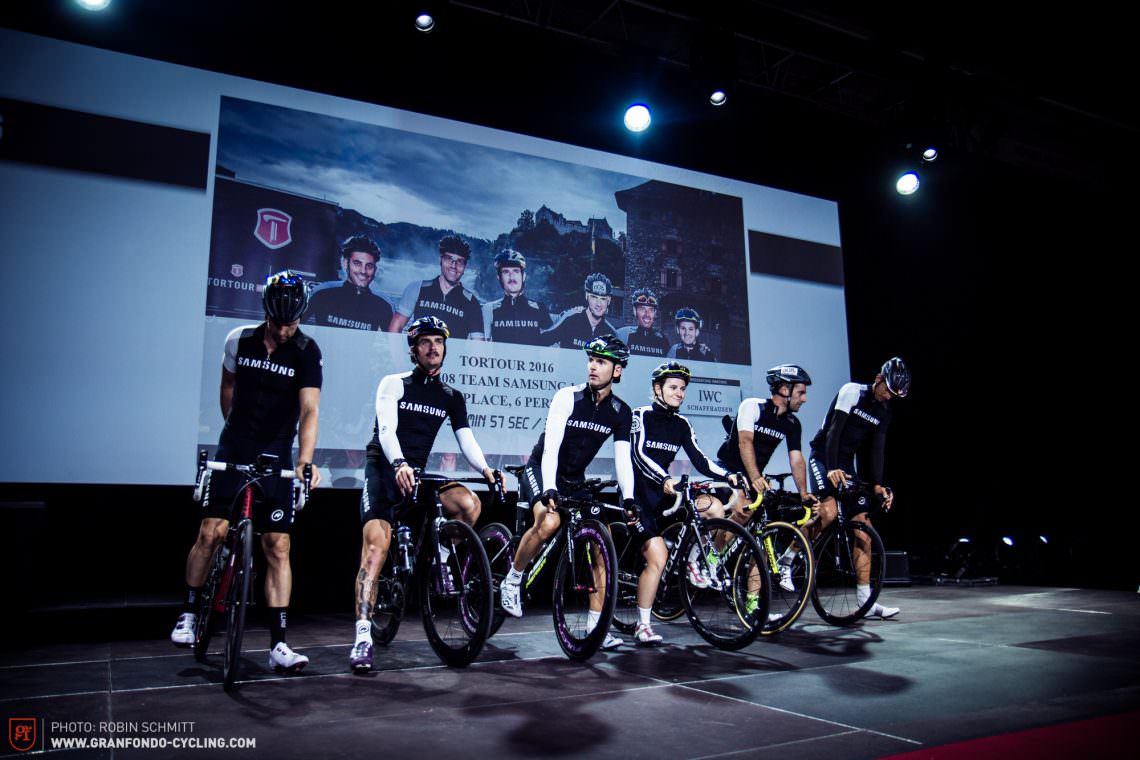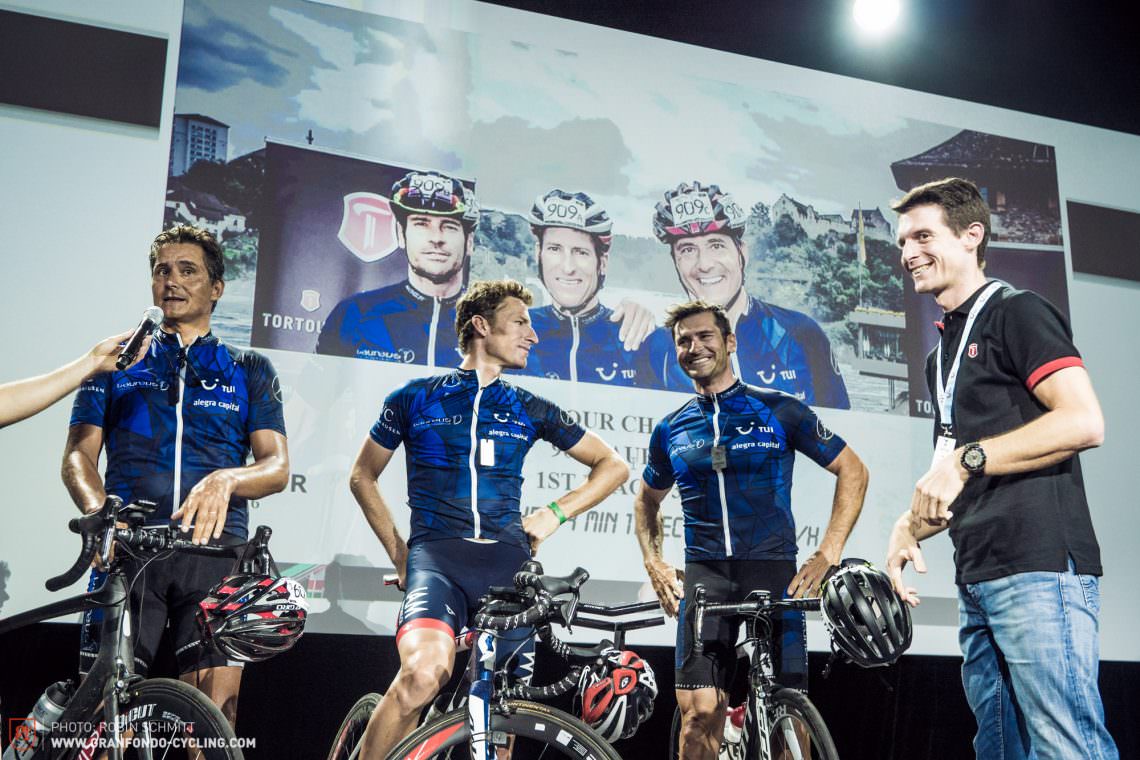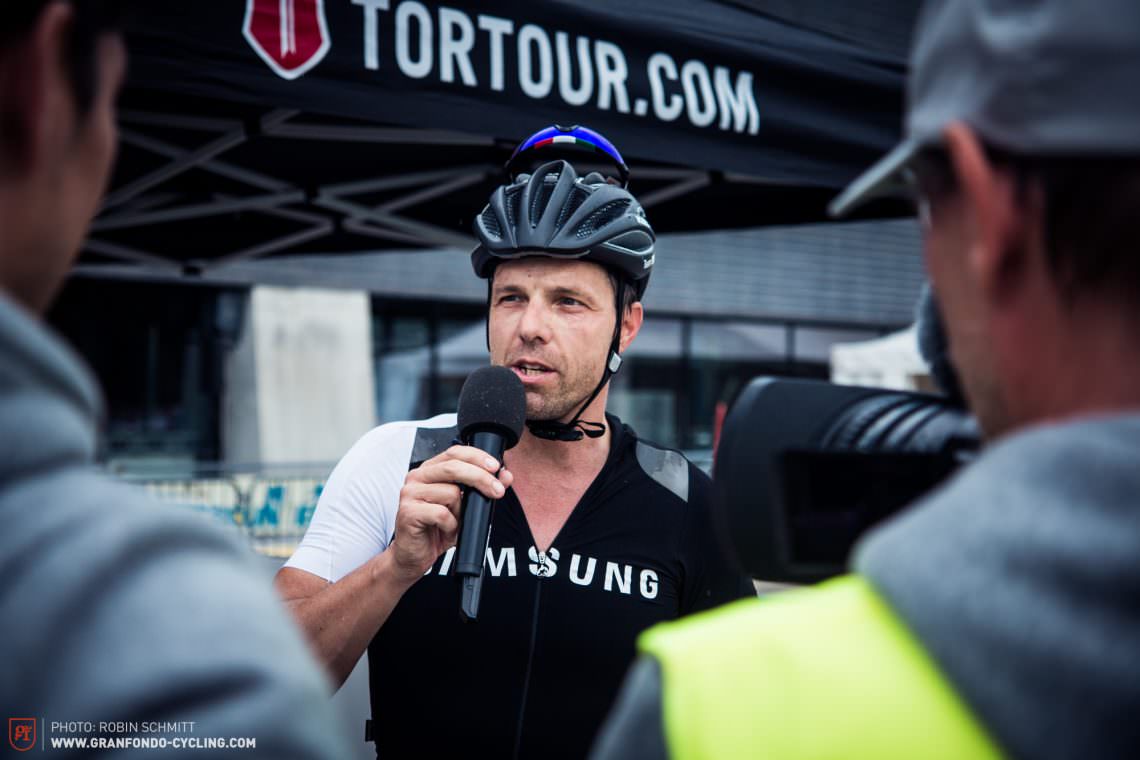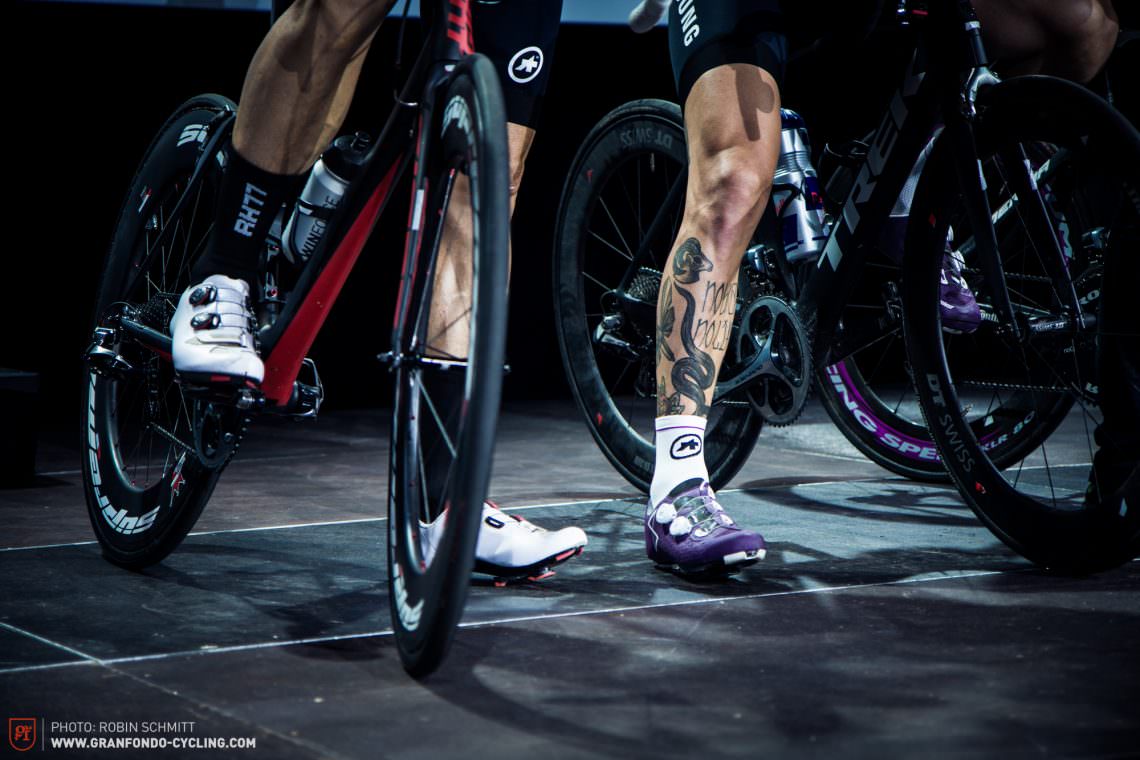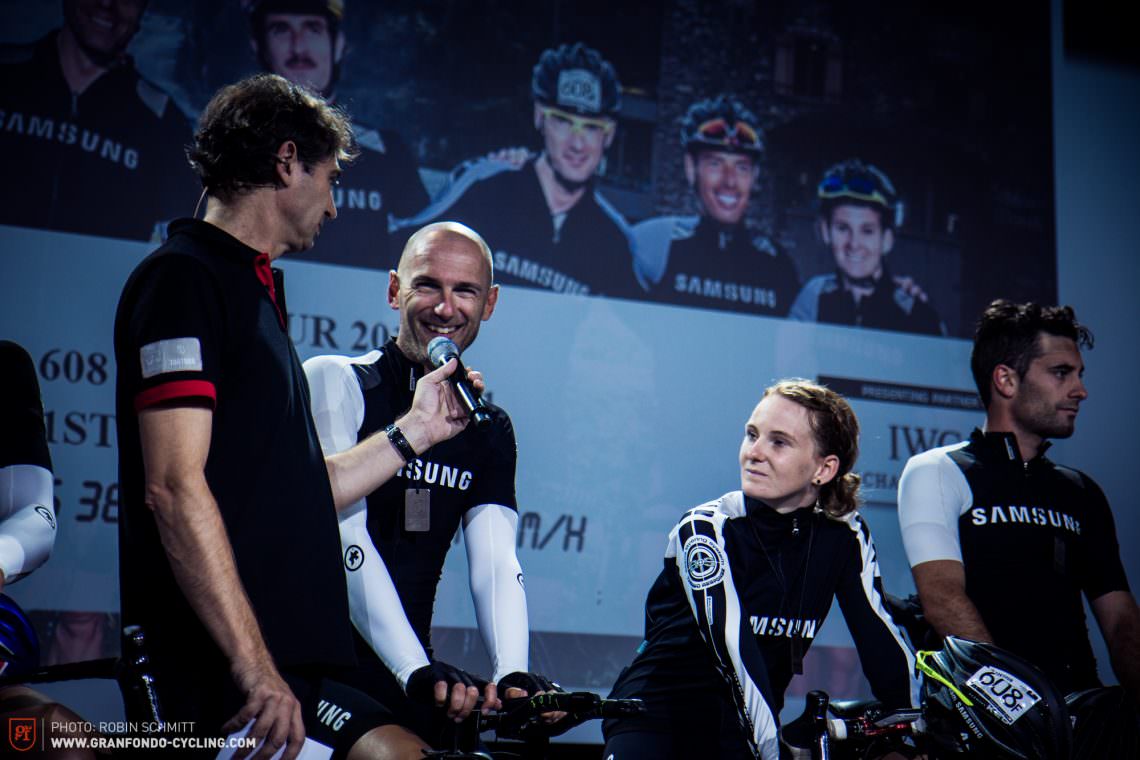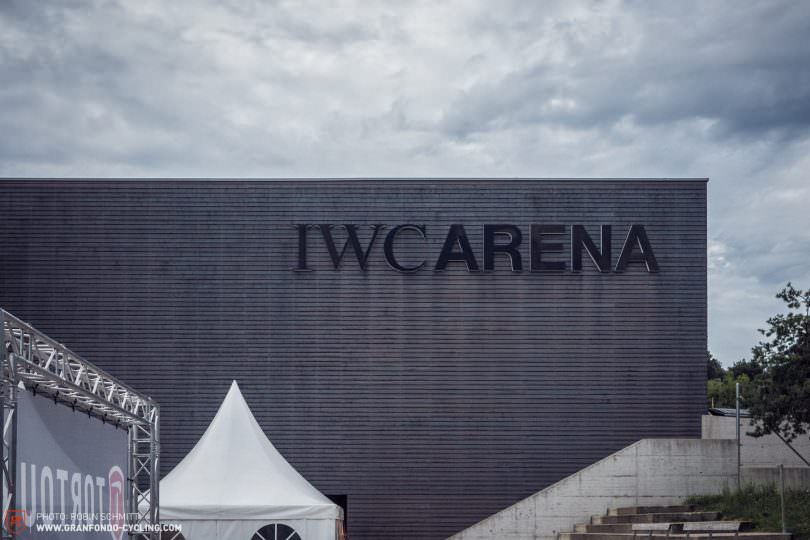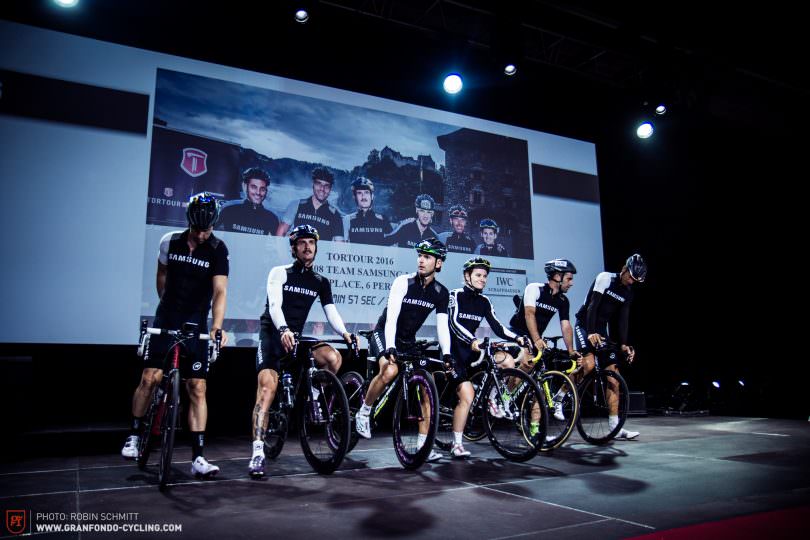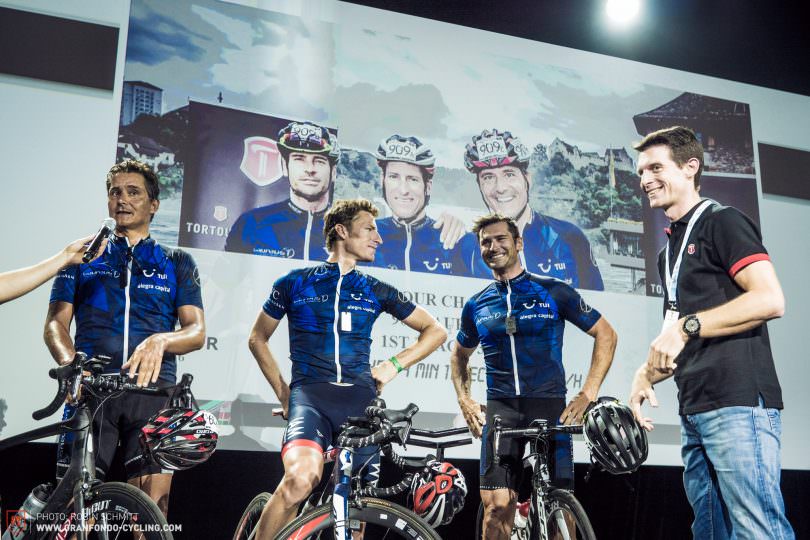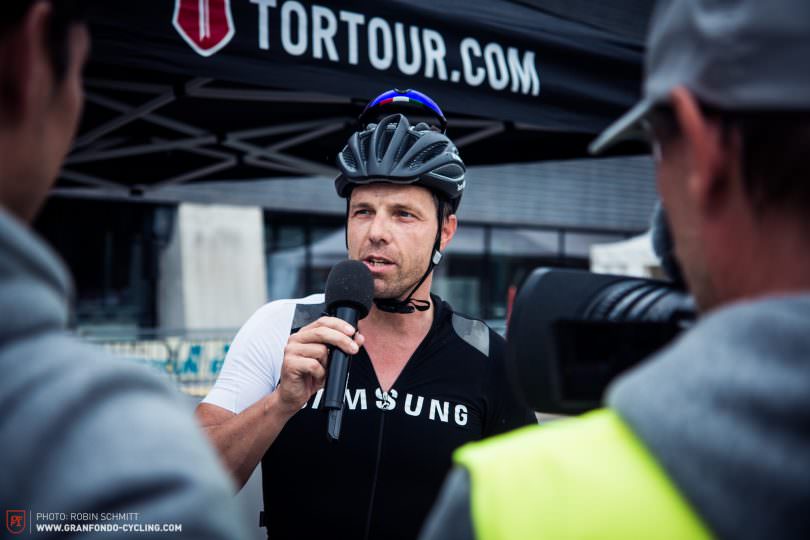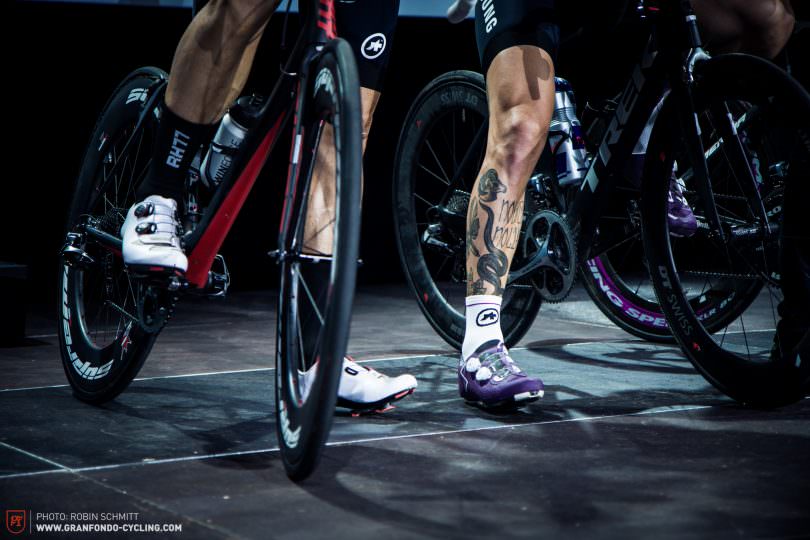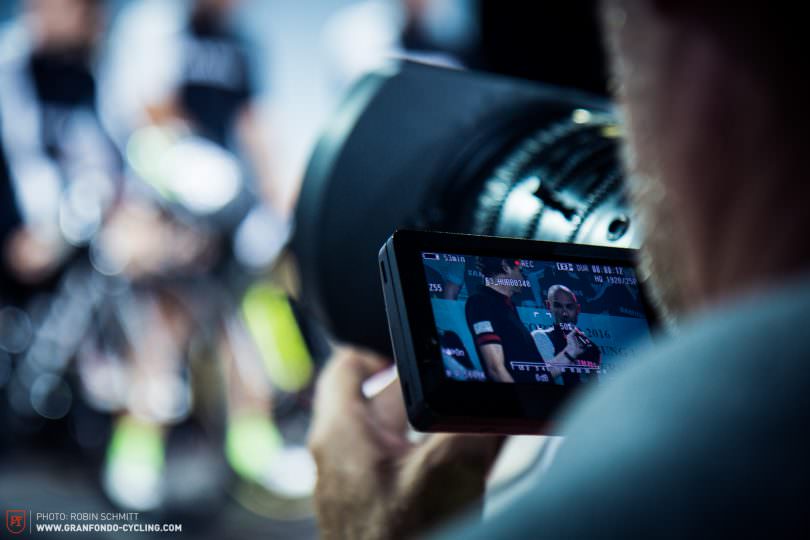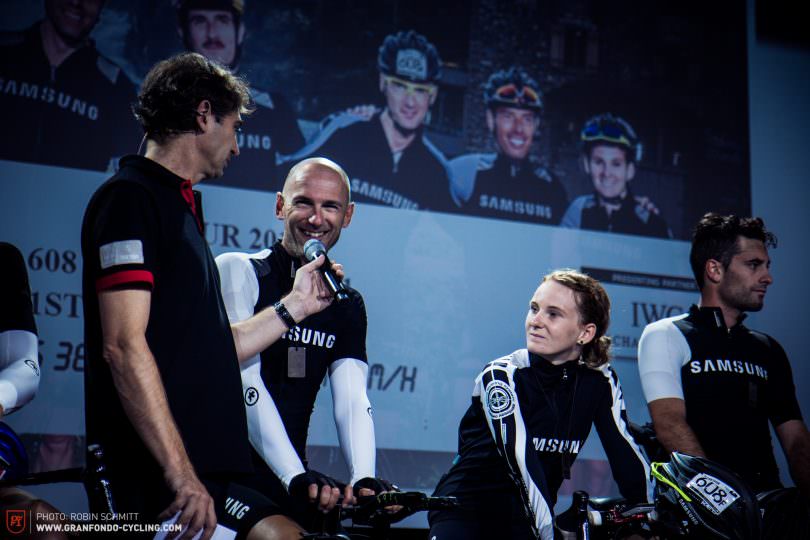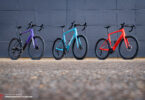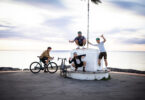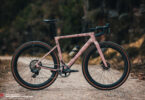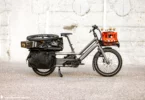What motivates people to ride 1,000 km non-stop? In the Swiss city of Schaffhausen this August, there were 192 people who had the answer to this question. They were here for the TORTOUR, the world’s biggest multi-day non-stop ultra-cycling event that succeeds where many golf tournaments fail.

After approximately 1,000 km and 13,000 metres of climbing, the clock finally stopped at 39 hours and 59 minutes for Lionel Poggio, this year’s TORTOUR winner and the newly crowned Swiss Ultra-Cycling Champion. In the women’s race, a determined Nicole Reist took just 3.5 hours more than her male counterpart. But what drives athletes to push themselves to the very limits of their endurance?

“You couldn’t pay me enough to ride this,” comments a team helper wryly to me on Saturday morning. By this point, his team have already ridden 800 km, so his statement isn’t completely unfounded. By day, he works with numbers for KPMG but this weekend he has already spent 26 hours watching his 4-rider team suffer the highs and lows from the inside of their support car. In a manner only conceivable by someone with a statistical mind, he concludes: “You can’t rationalize the TORTOUR.”
A mere 20 minutes sleep is all that the KMPG team manager Beat gets during the 31 hours while his team are riding. He keeps himself awake with a concoction of Red Bull, Guarana shots and the iron will to stick to the prescribed schedule. As individuals, many of this team (and others) would probably climb off during the TORTOUR, but the camaraderie and spirit of the team dominates – even overcoming the odd mechanical issue, which typically strike when fatigue is at its highest in the small hours of the morning.
But who are the riders at the TORTOUR? An eclectic mix of Swiss business moguls, (former) cycling pros and ultra-distance athletes populate the starting list of this year’s TORTOUR. Given the sponsors present, one could presume that even major golf tournaments would look on with envy at the long list of elite companies supporting teams: Samsung, Allianz, Bosch, Deutsche Bank and KPMG amongst others. You could even argue that the question of “which company has the best management KPIs?” could be answered right here, rather than in the books at year-end.
It’s evident even before the gun goes that the decision to race the TORTOUR isn’t taken off-the-cuff. By the time they arrive in Schaffhausen, riders and teams have prepared physically and logistically for this event. But just like business, no matter how much you try to plan for every eventuality, anything can happen.

With even its shortest distance drawing bated breath from ‘experienced’ cyclists, the TORTOUR is undeniably an event defined by superlatives. The distances begin with the SPRINT at 370 km, the CHALLENGE at 520 km and the eponymous TORTOUR and its 1,000 km of riding.
Logistically it’s a big ask for teams, and support cars are a staple item, seeing teams draw on everything from Teslas to Sprinters, right through to Fiat Cinquecentos. VW buses are a common option for team vehicles, with varying degrees of sponsorship emblazoned on their sides. If there were an award for the best team car, it’d surely go to the decked-out repurposed ambulance.
Over the course of 1,000 km, you’re bound to go through a lot. You’re likely to suffer slow punctures and flat batteries in GPS bike computers, all of which are more than enough to drain the spirits of even the most positive people. After 30 hours, level crossings and red lights are impromptu delays that do little to help morale. However, these deep levels of fatigue serve as blinkers to the riders as they traverse some of Switzerland’s less glamorous sides; cow manure, power stations and billboards advertising the services of massage parlors go unnoticed as the riders put their heads down, grit their teeth and get it done.
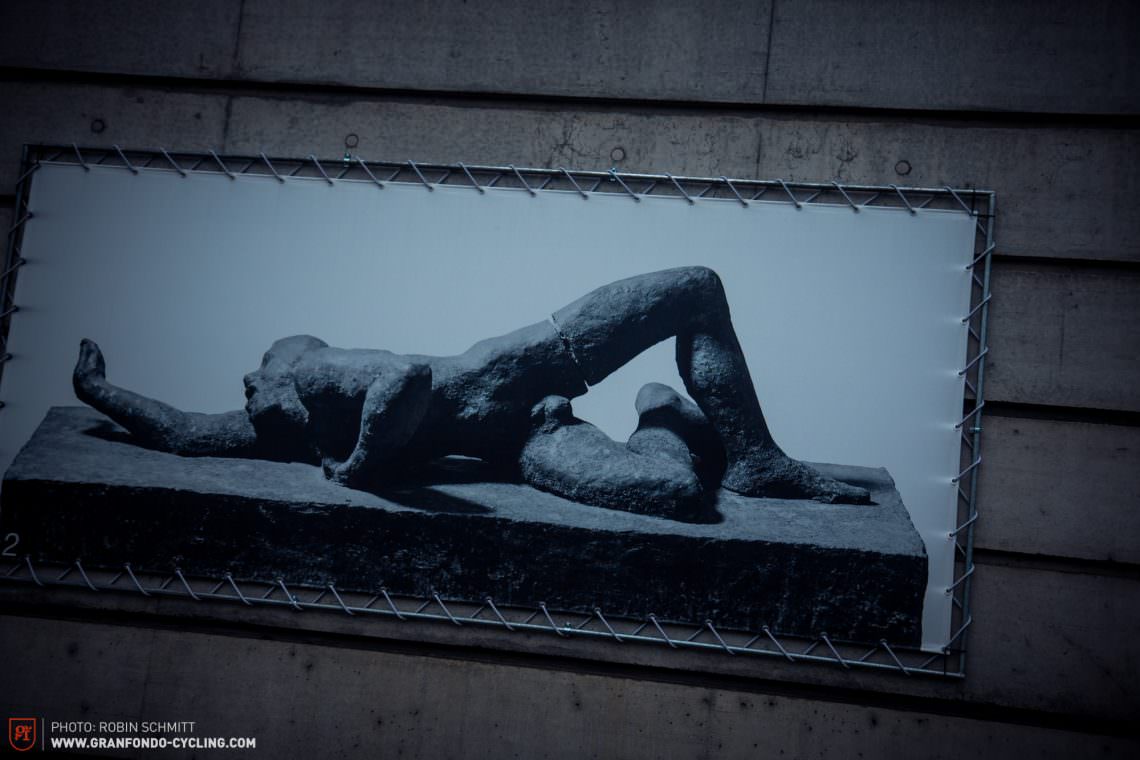
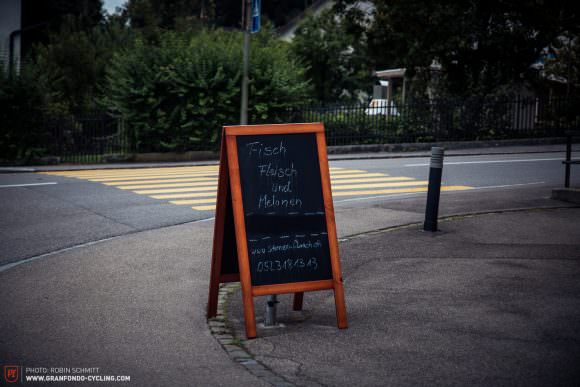

The hours of darkness are the biggest test for the riders. Those who survive this with enough strength to muster up some shreds of endurance will finish the race. After all, much-needed motivation will inevitably be boosted in synch with the rising of the sun.
TORTOUR isn’t won purely with the legs, but predominantly with the head. So that’s perhaps the appeal that it holds for CEOs and big companies. Another more unconventional way of testing yourself, taking on a new challenge that many consider an unfeasible distance and that purely completing constitutes a victory.
More information and race results.
Did you enjoy this article? If so, we would be stoked if you decide to support us with a monthly contribution. By becoming a supporter of GRAN FONDO, you will help secure a sustainable future for high-quality cycling journalism. Click here to learn more.
Words & Photos: Robin Schmitt



